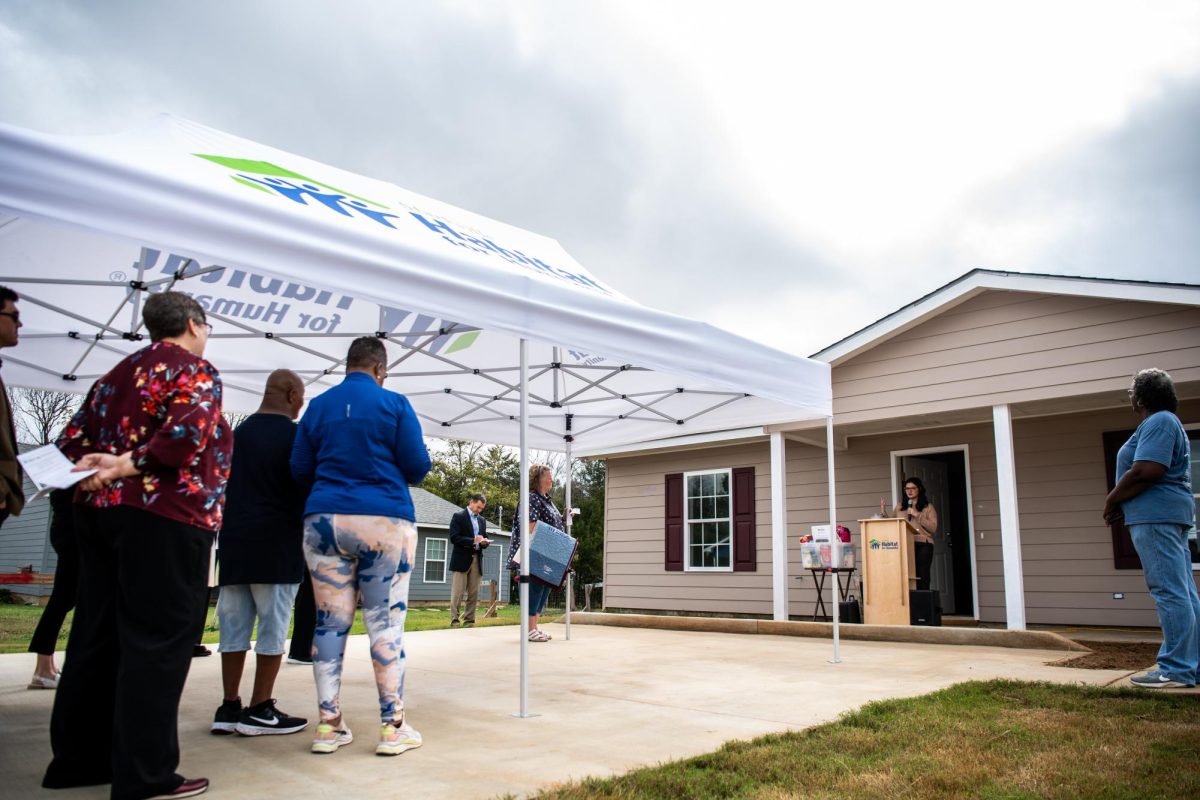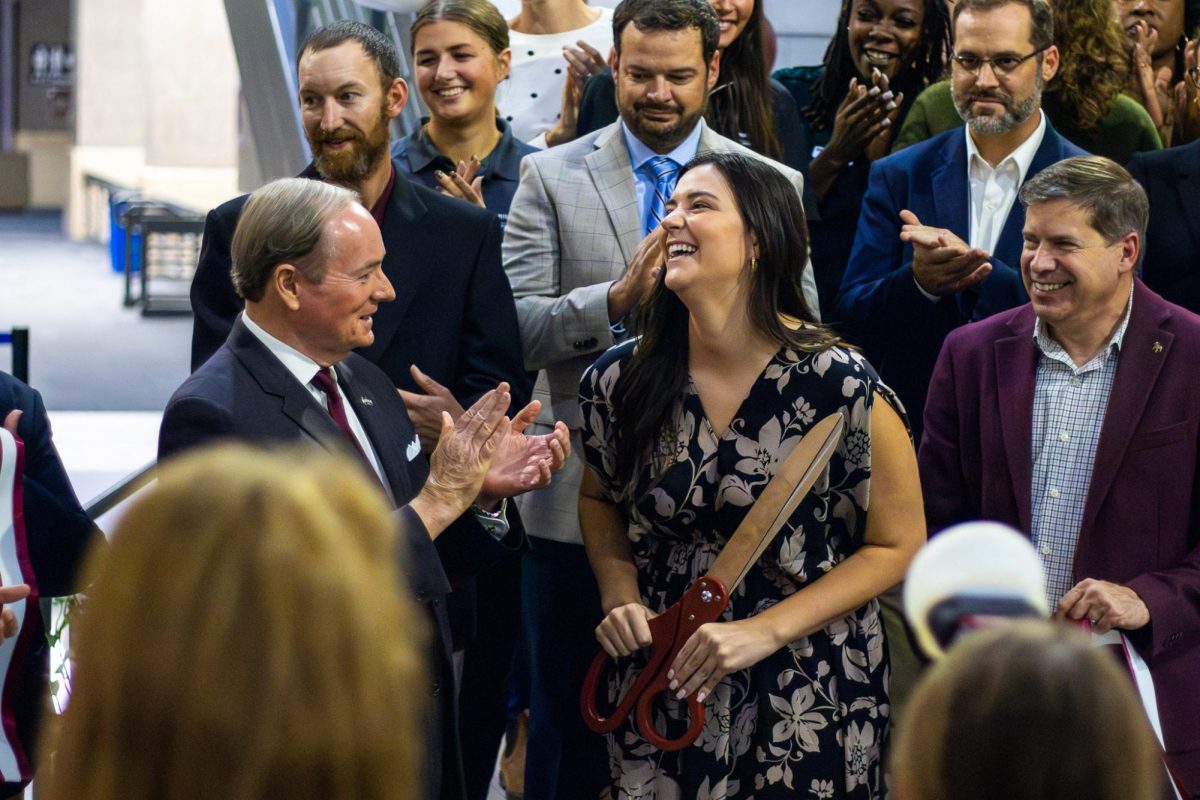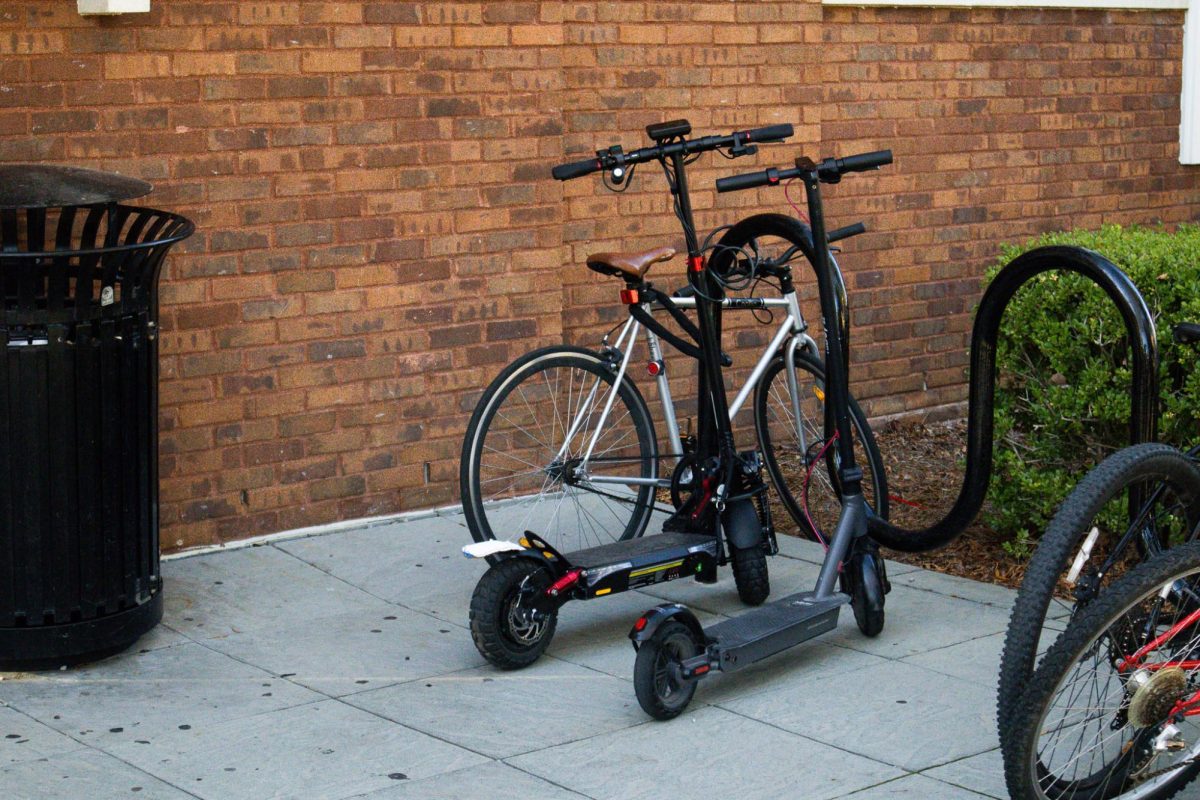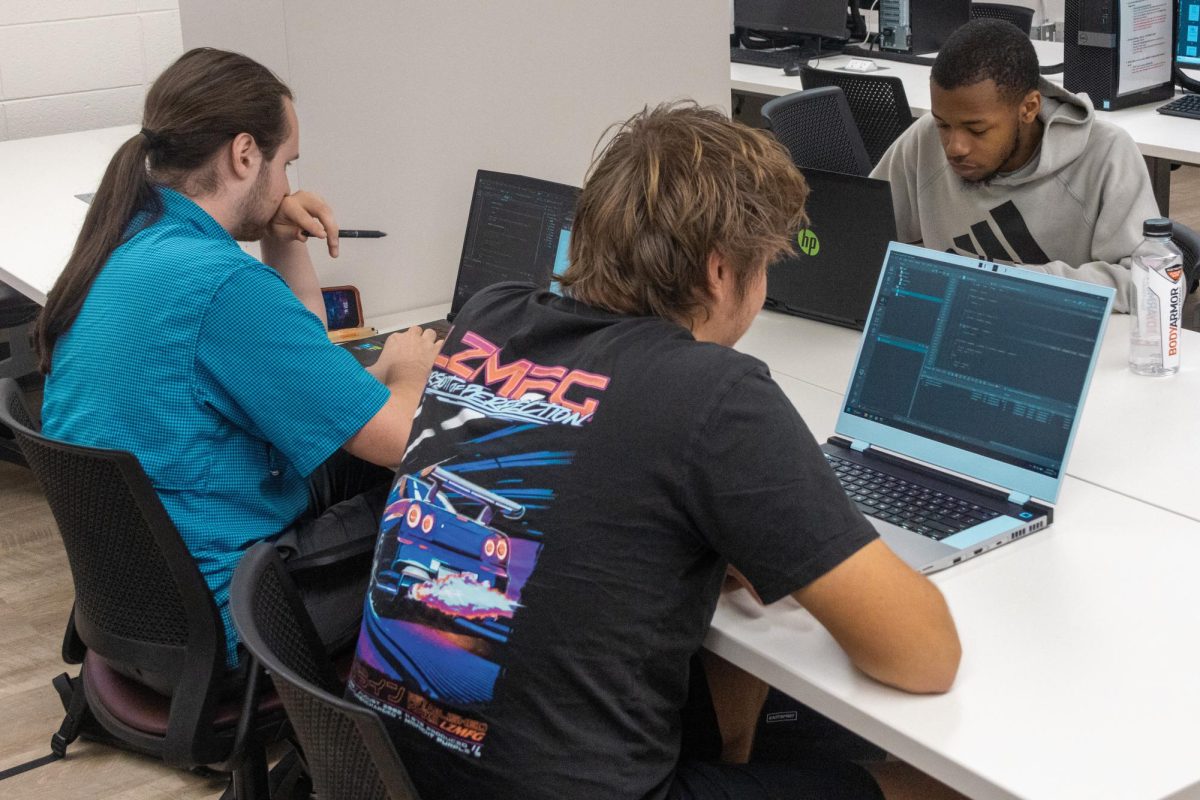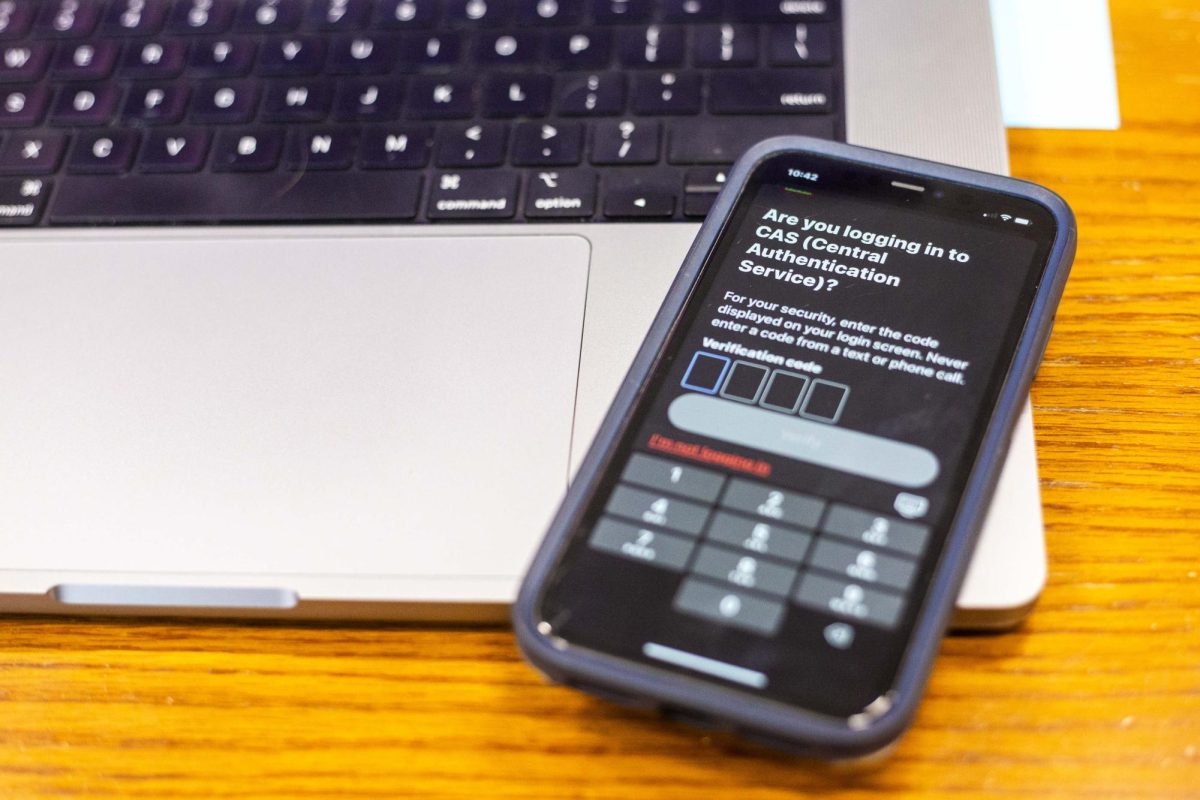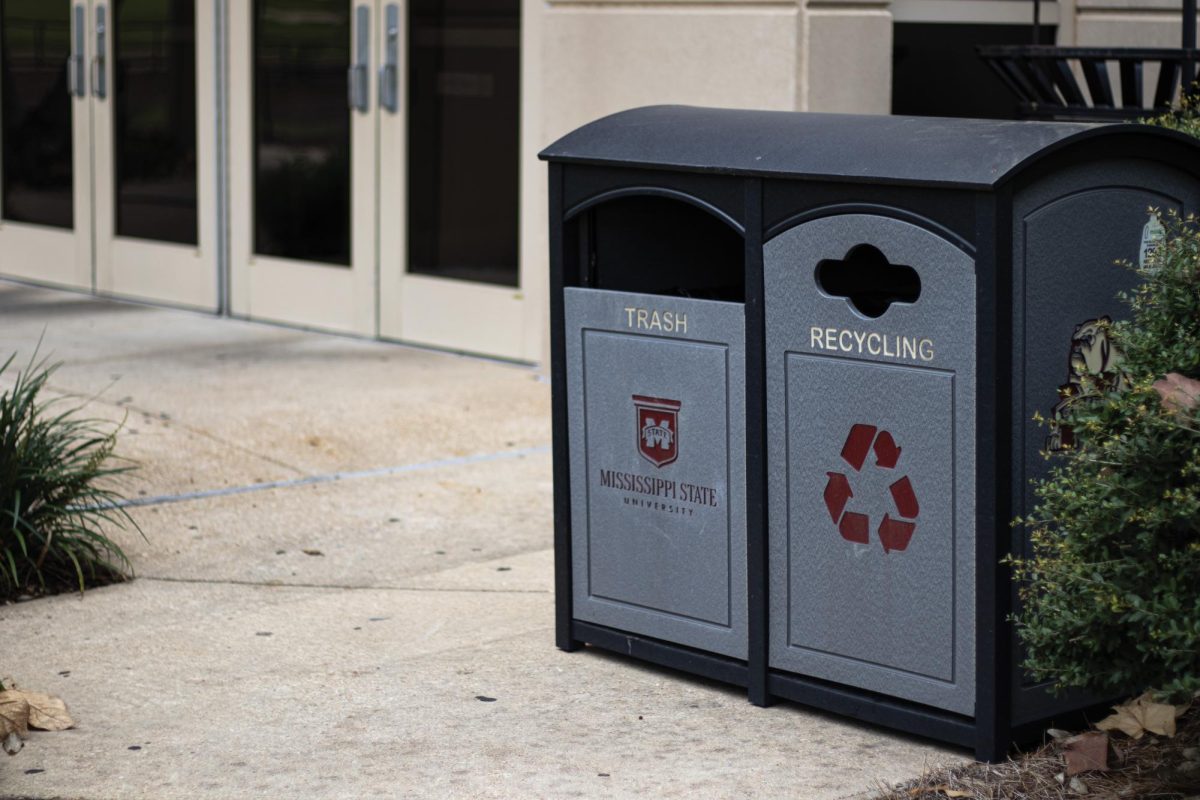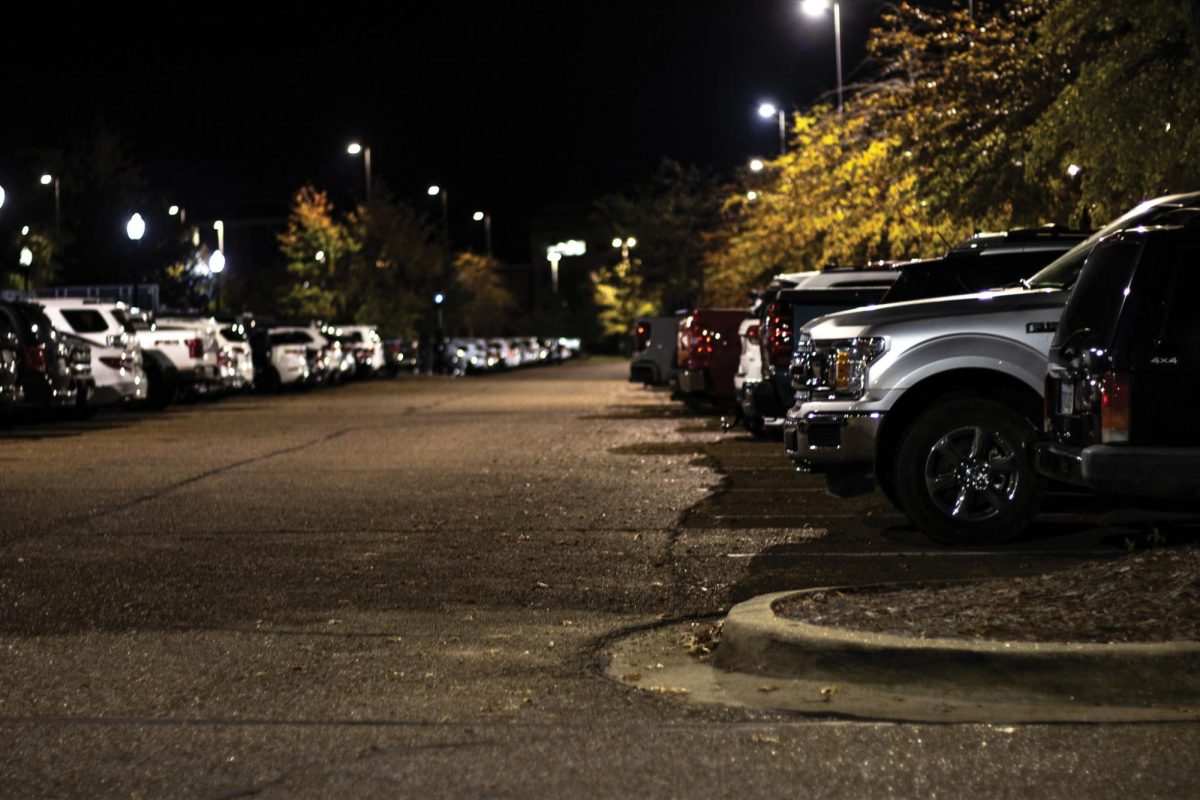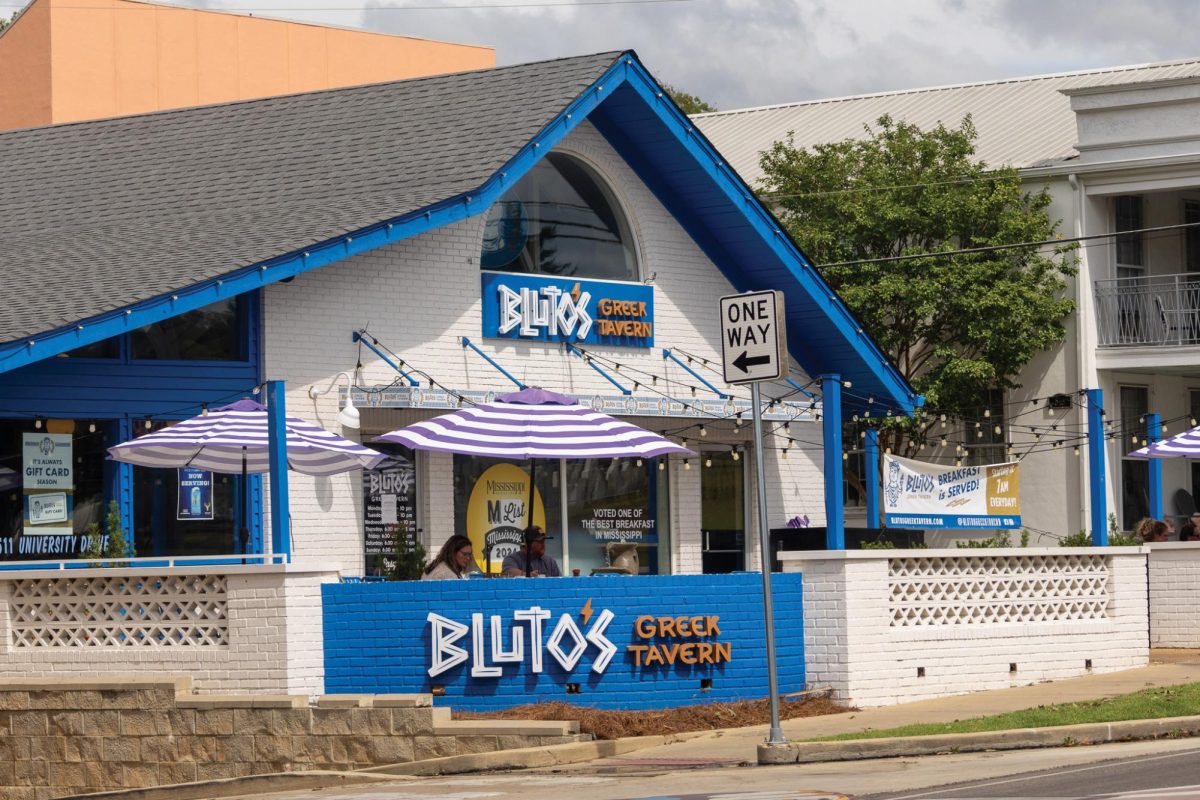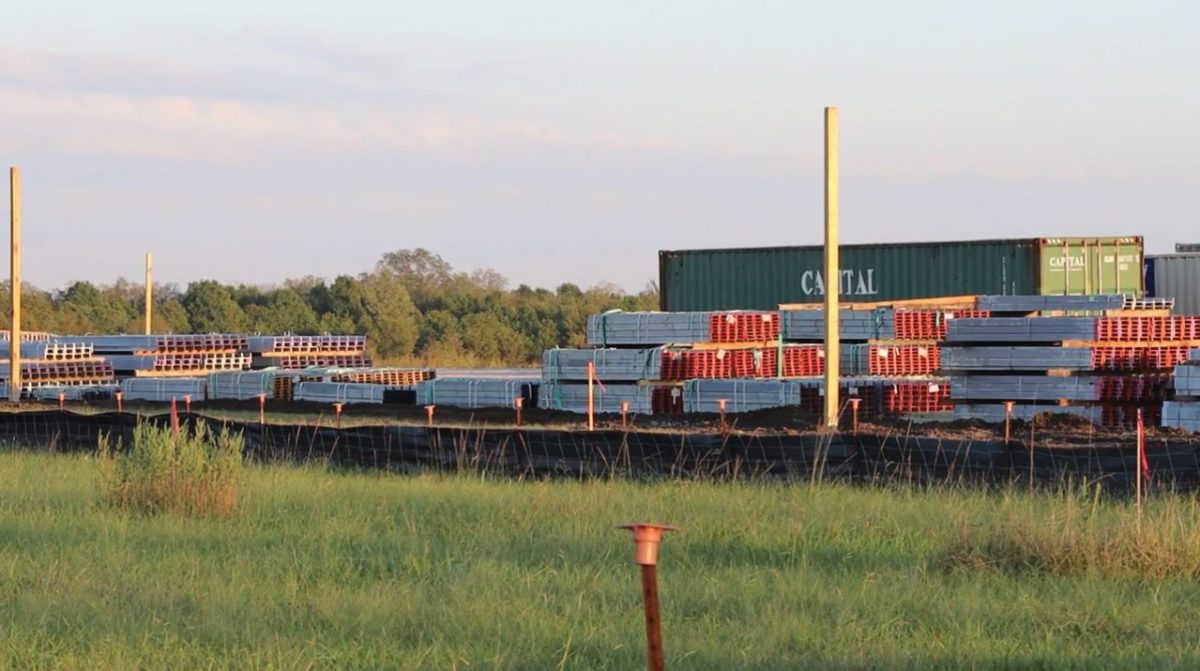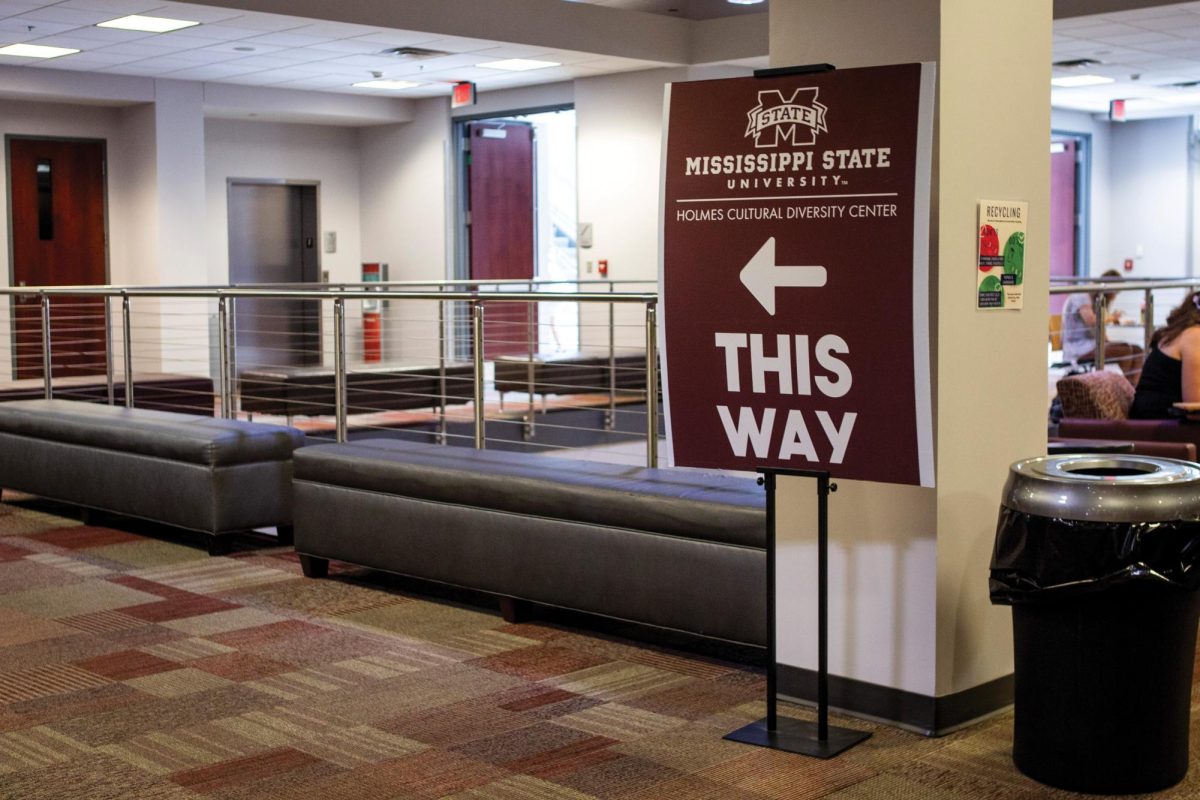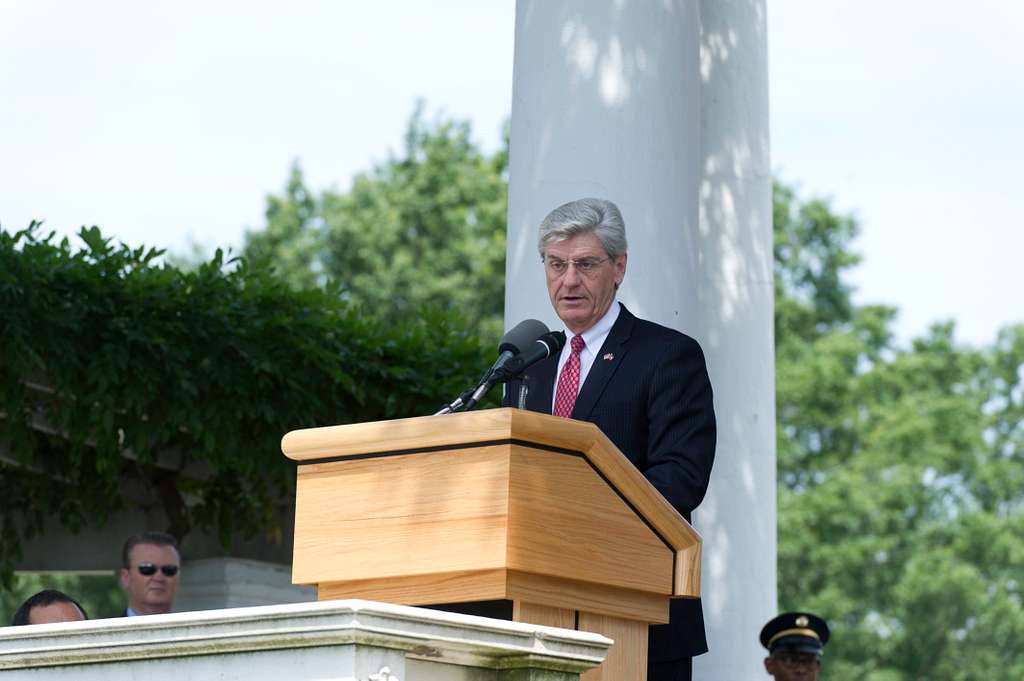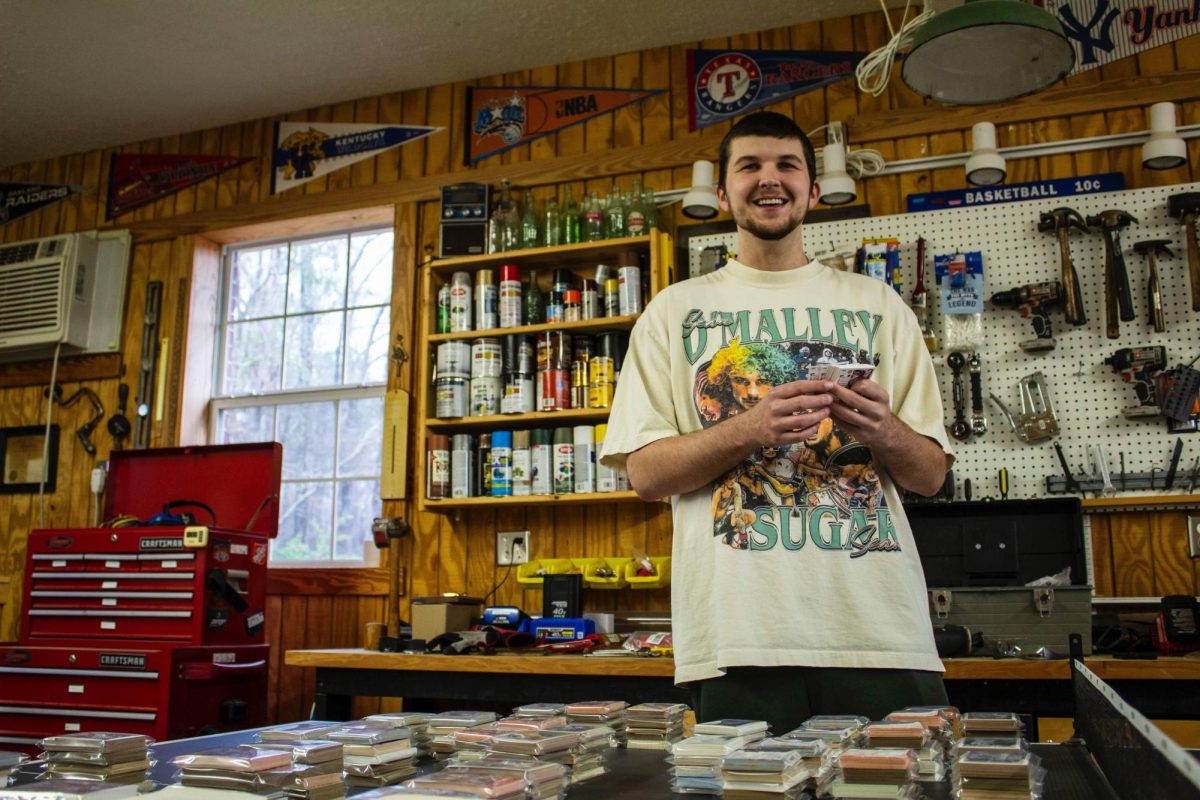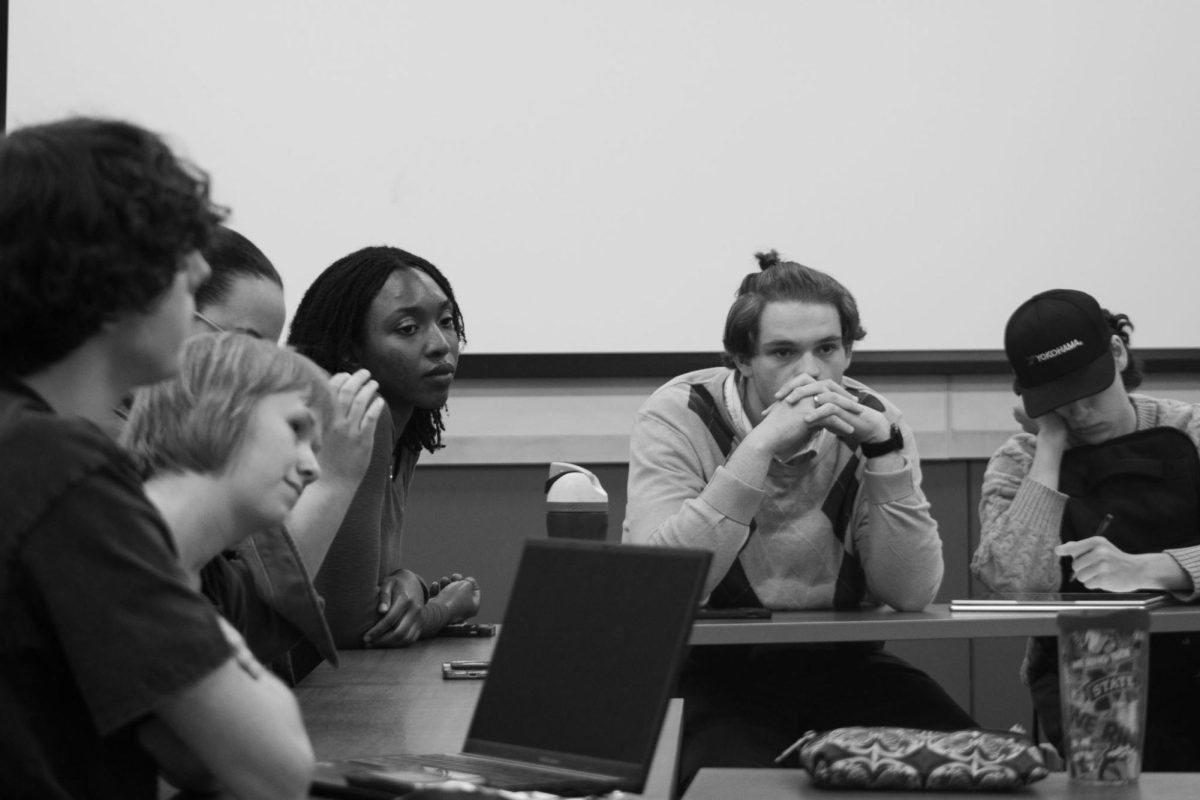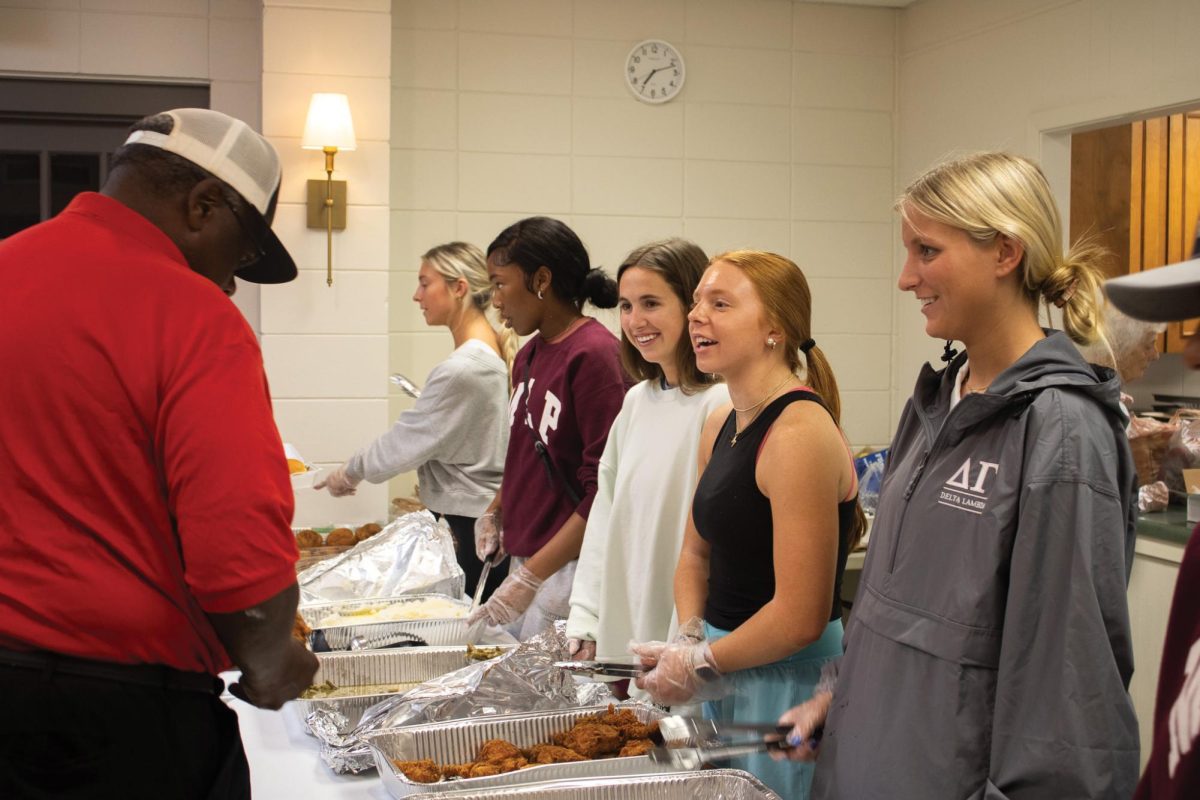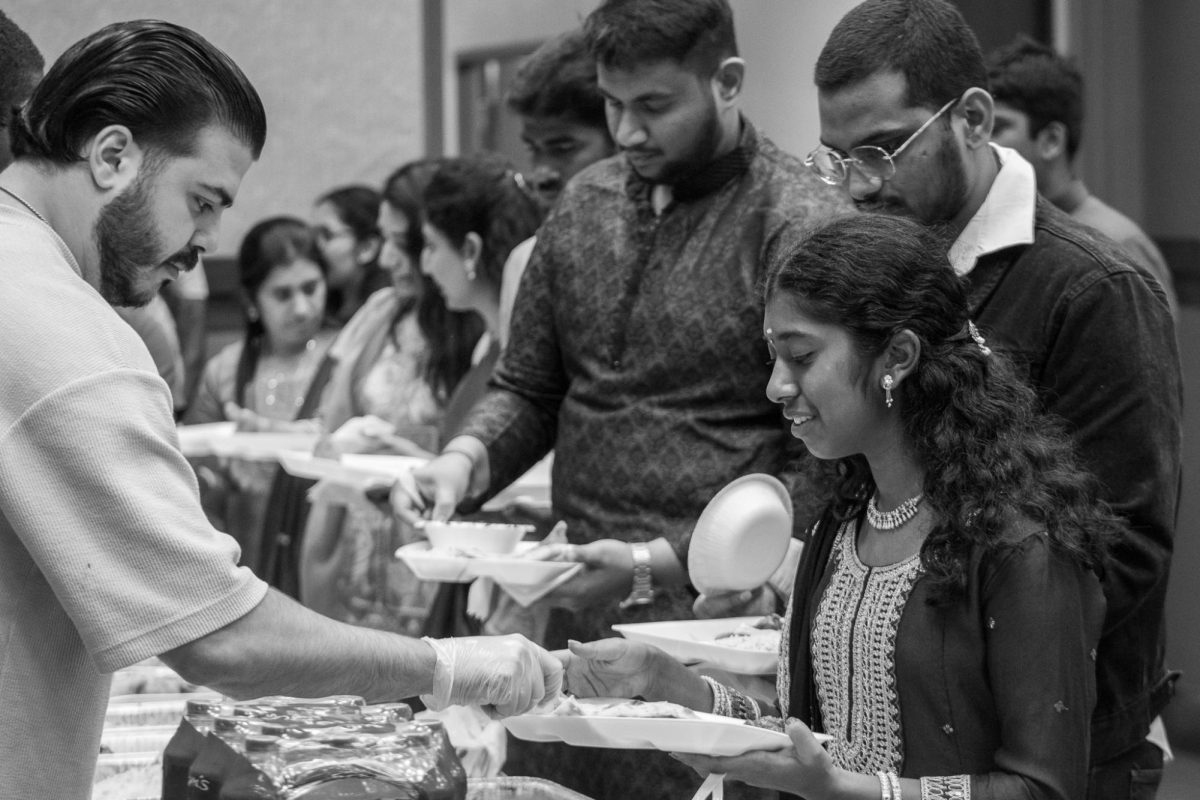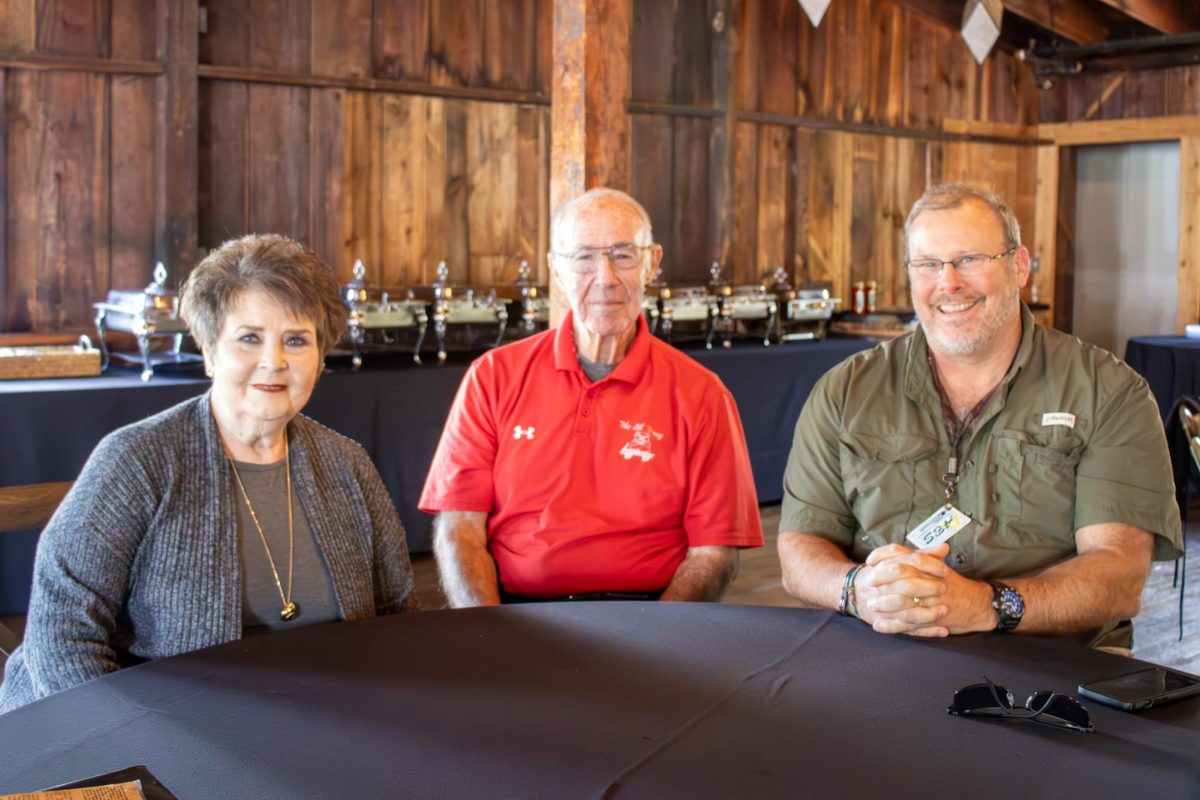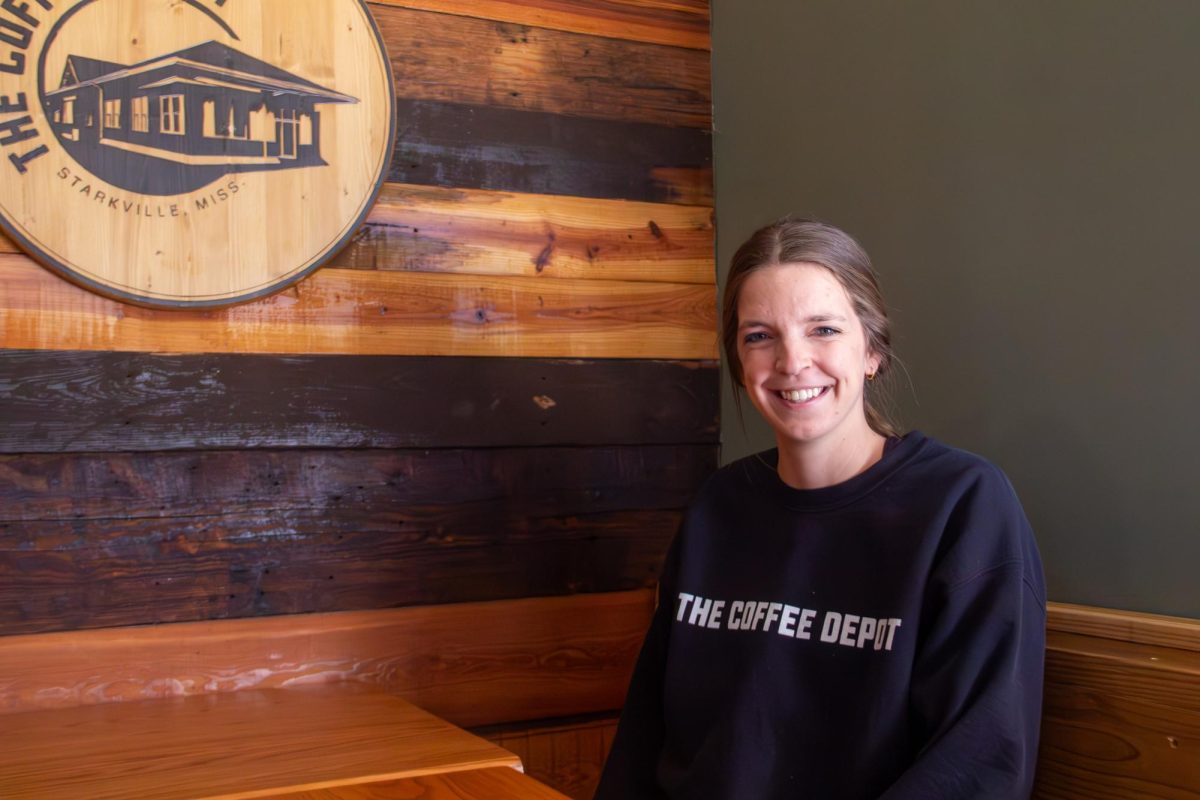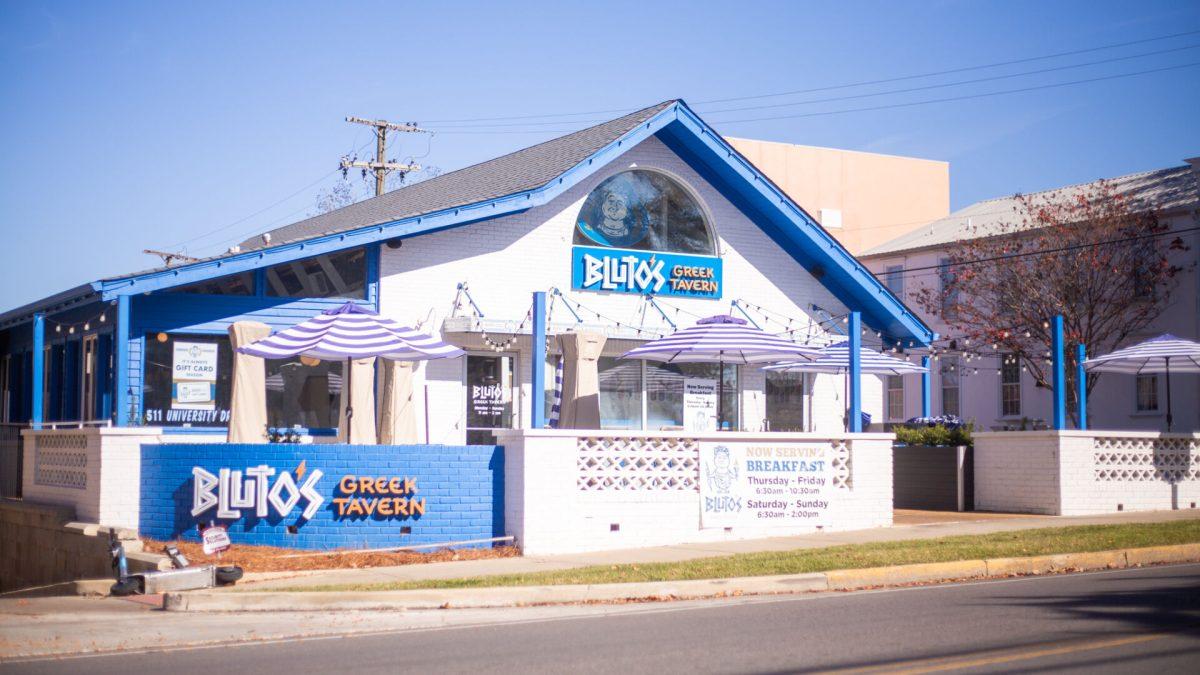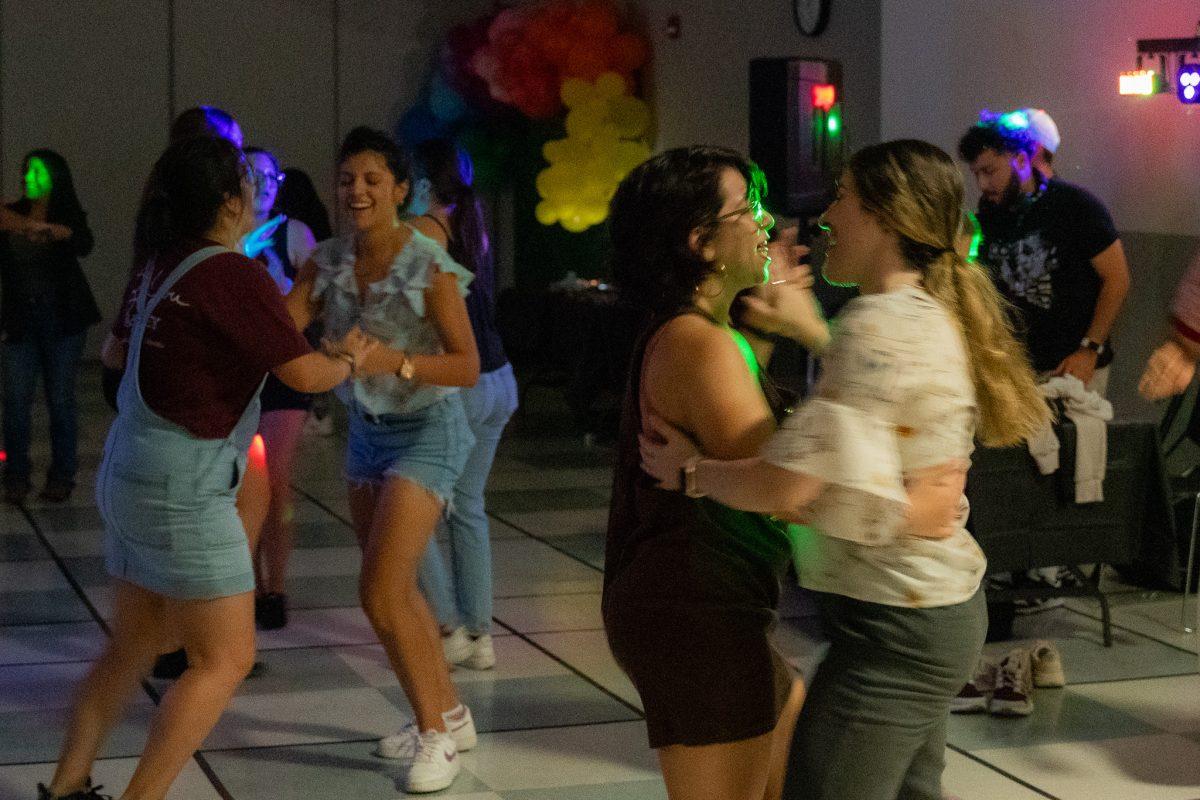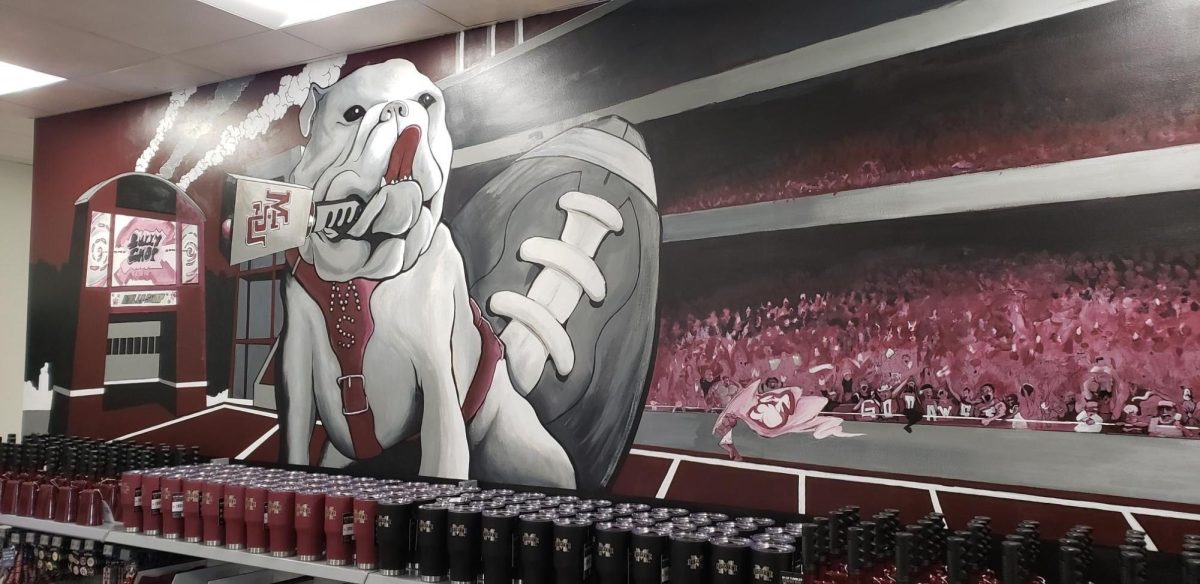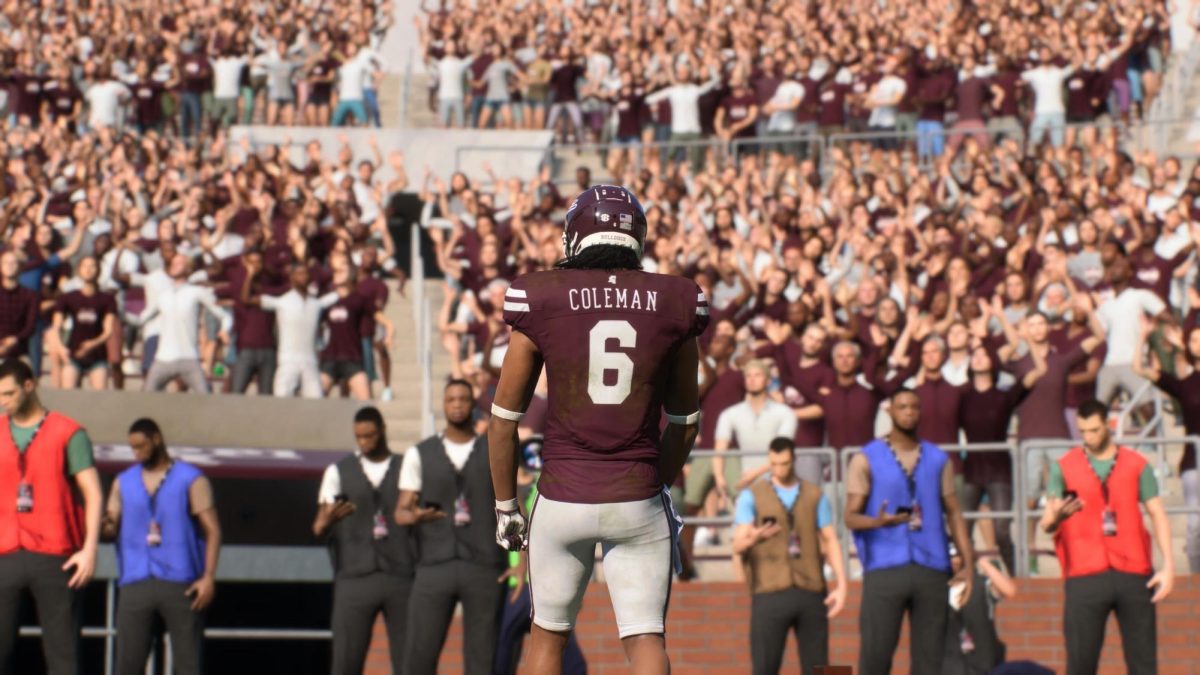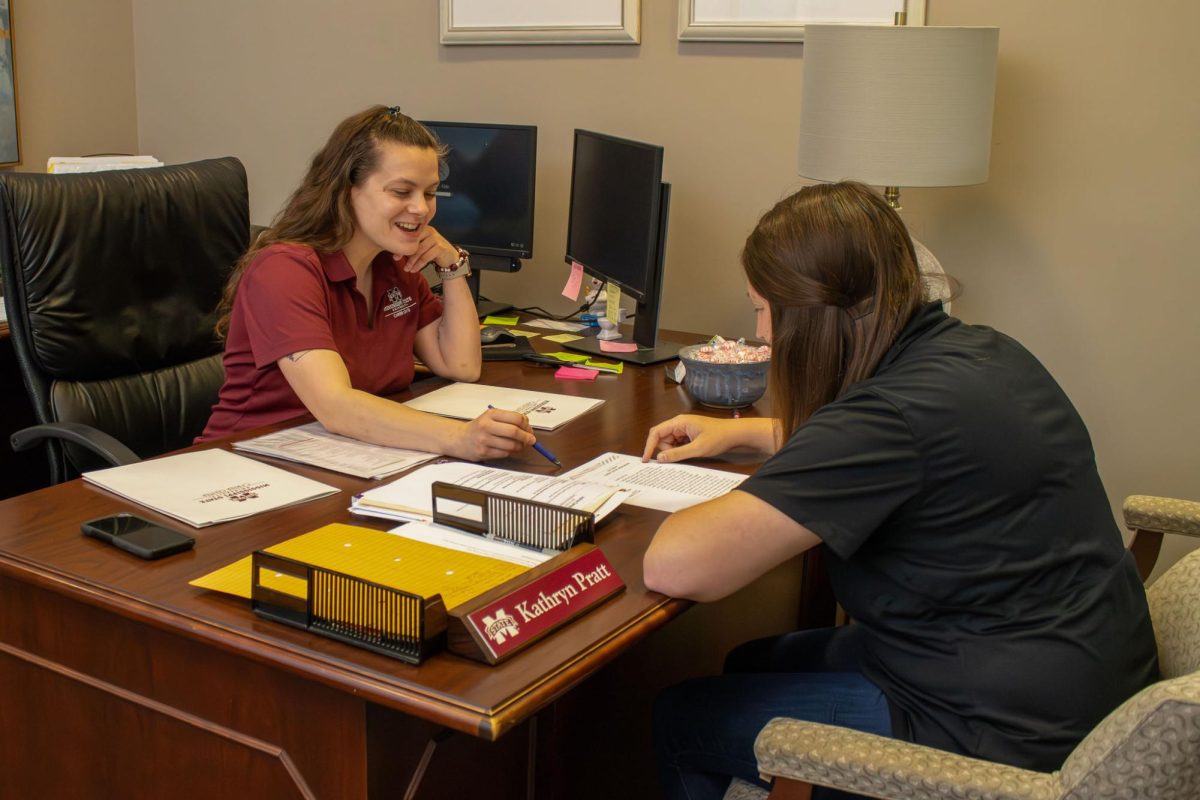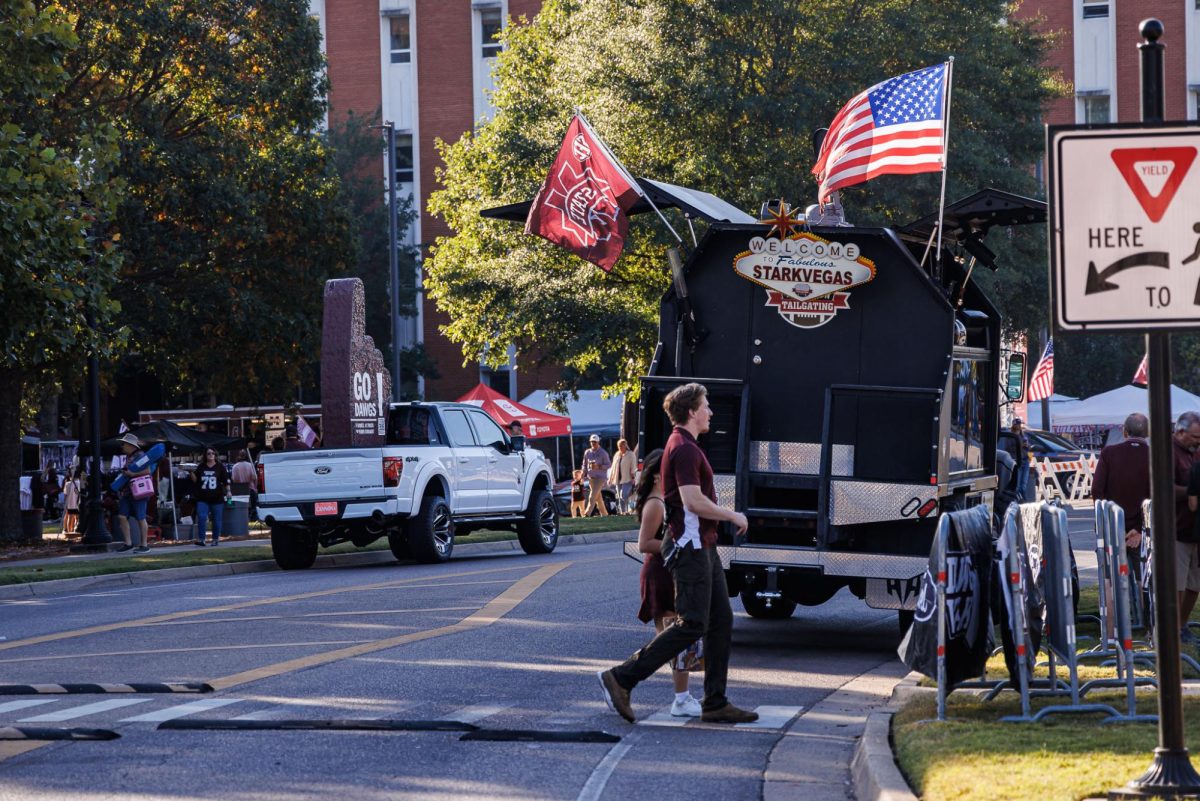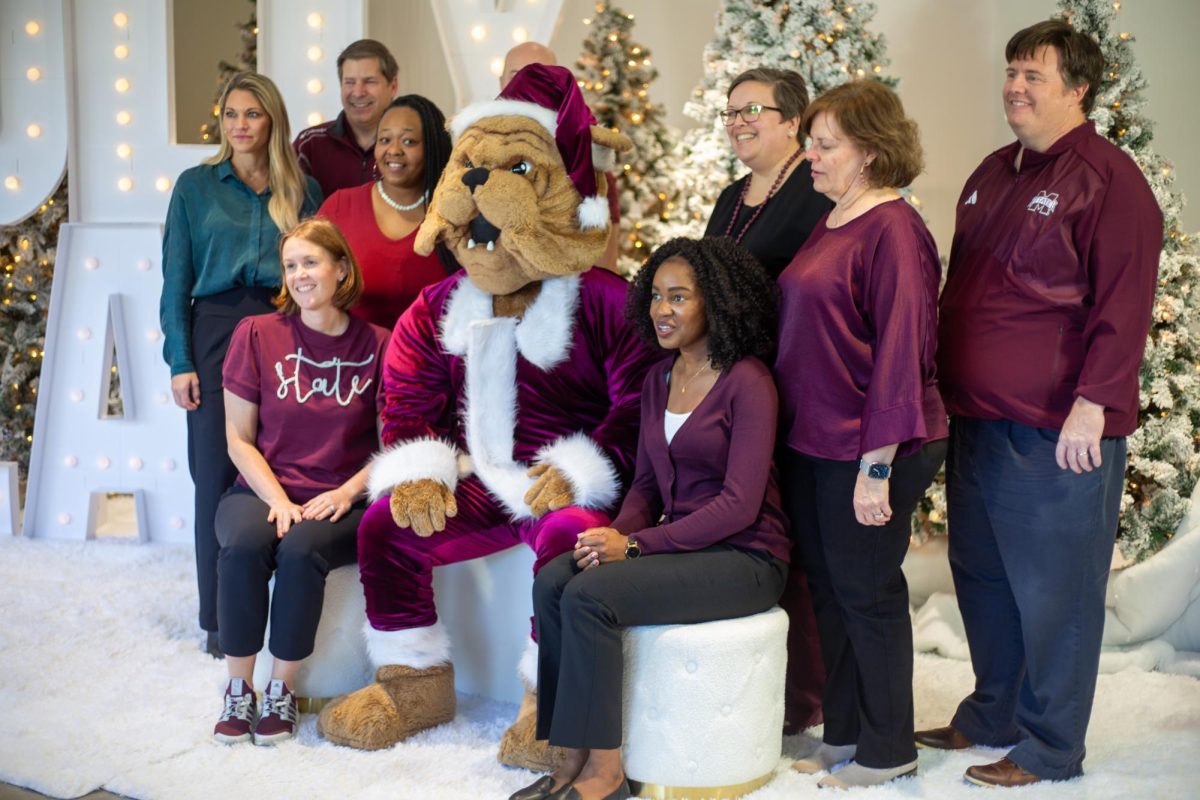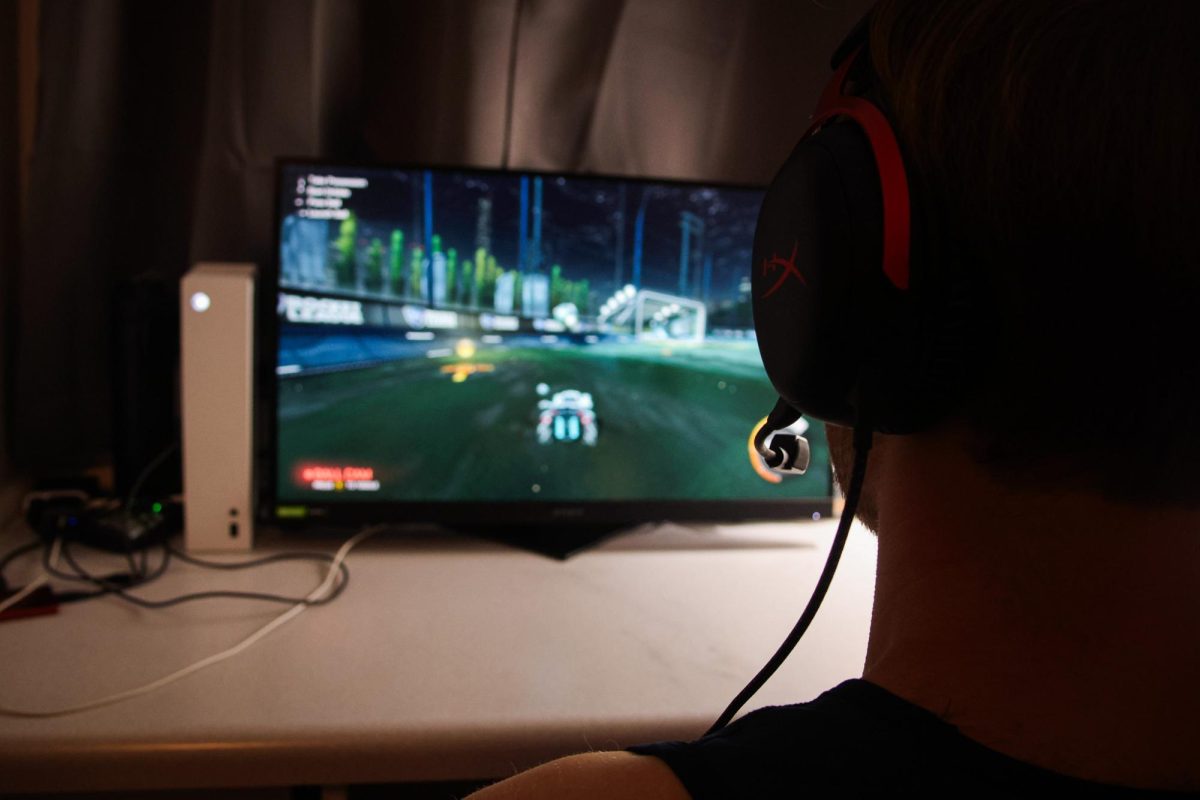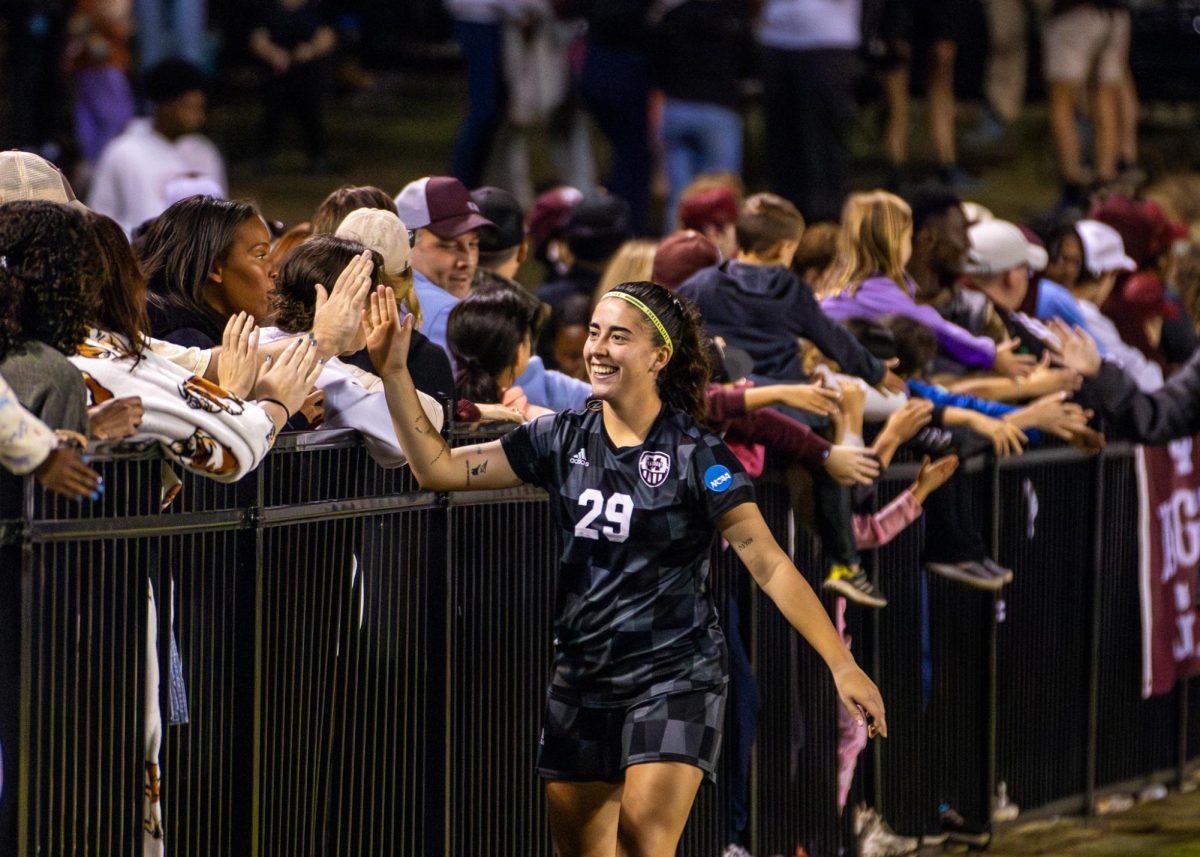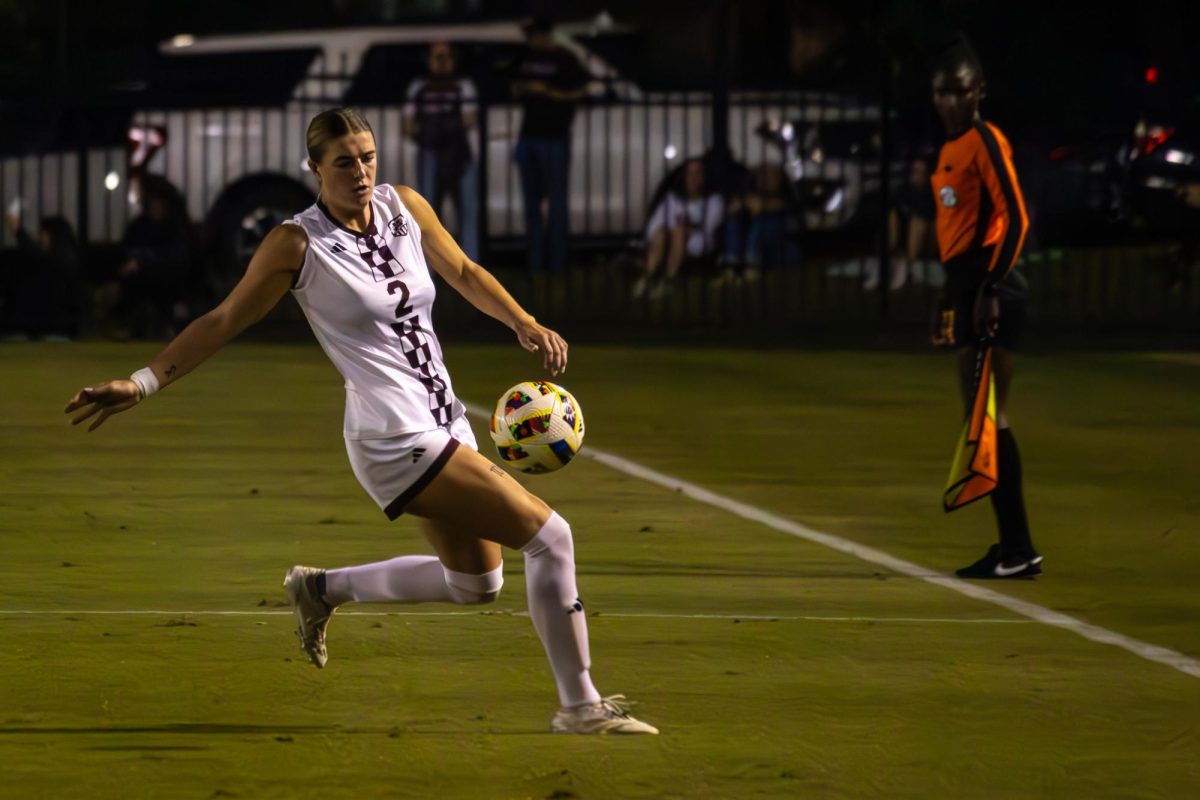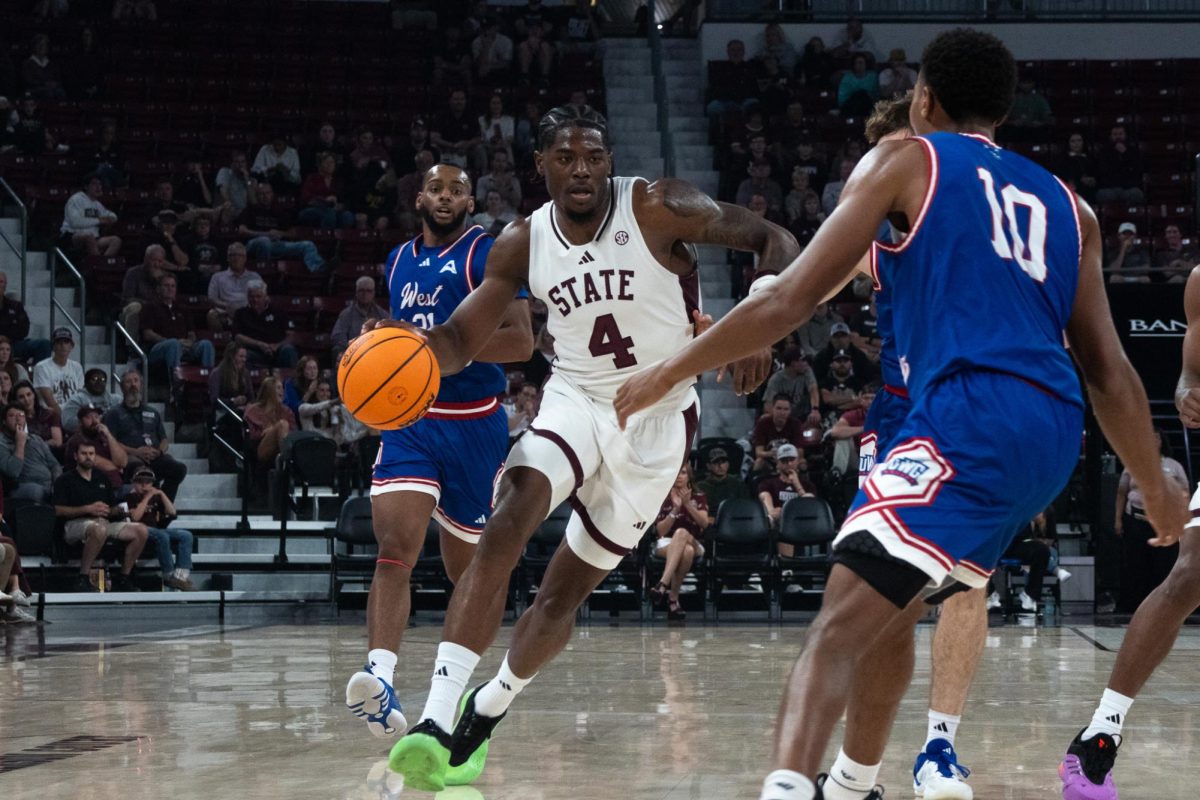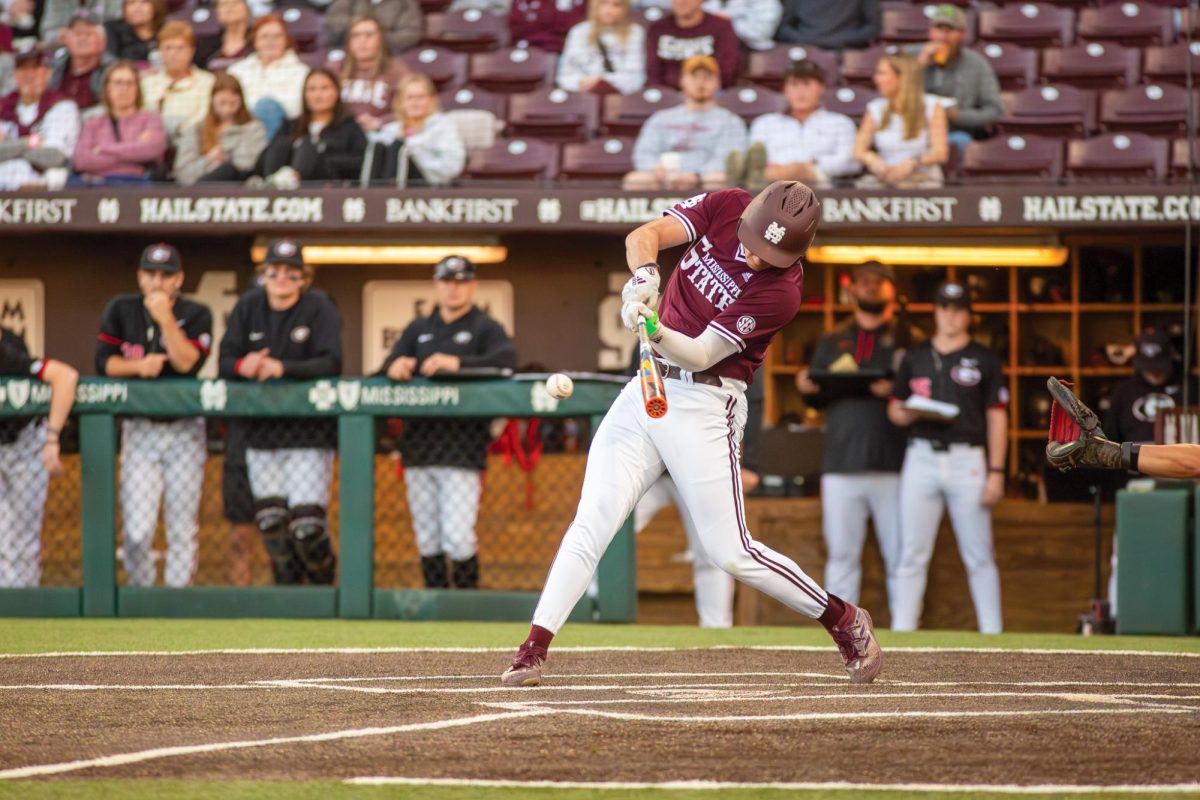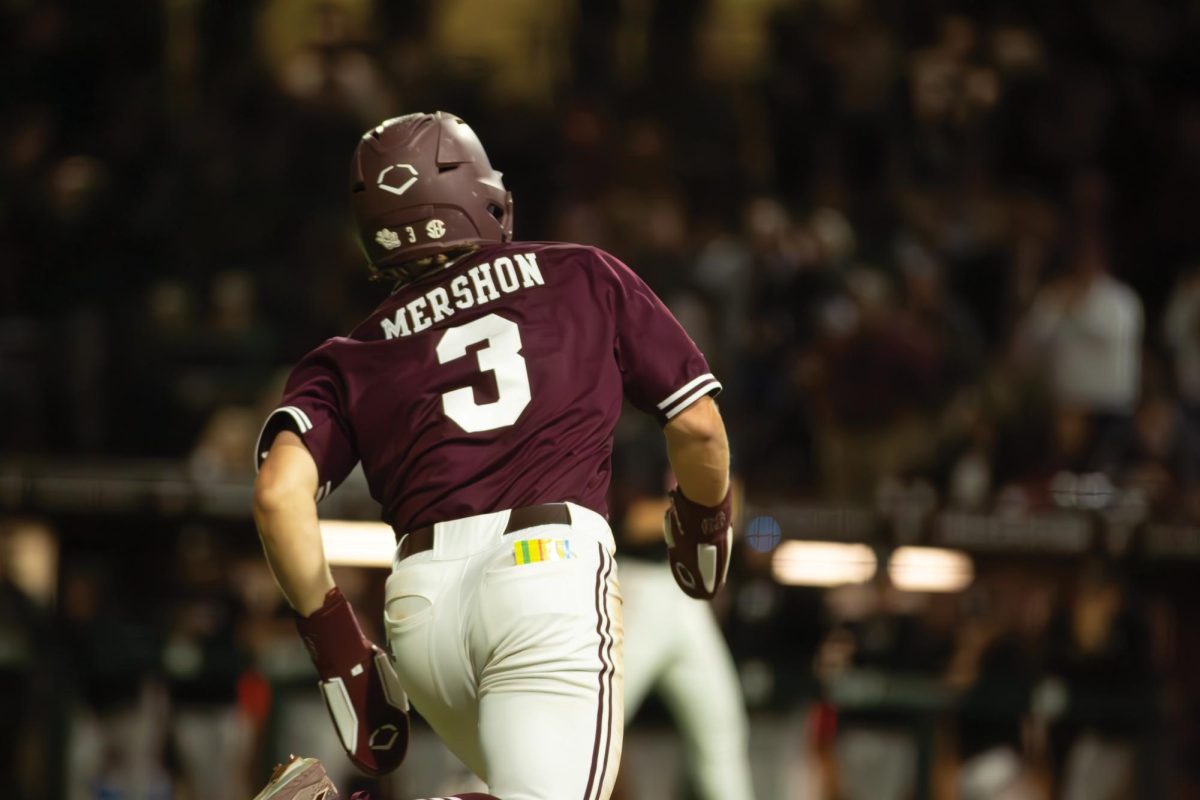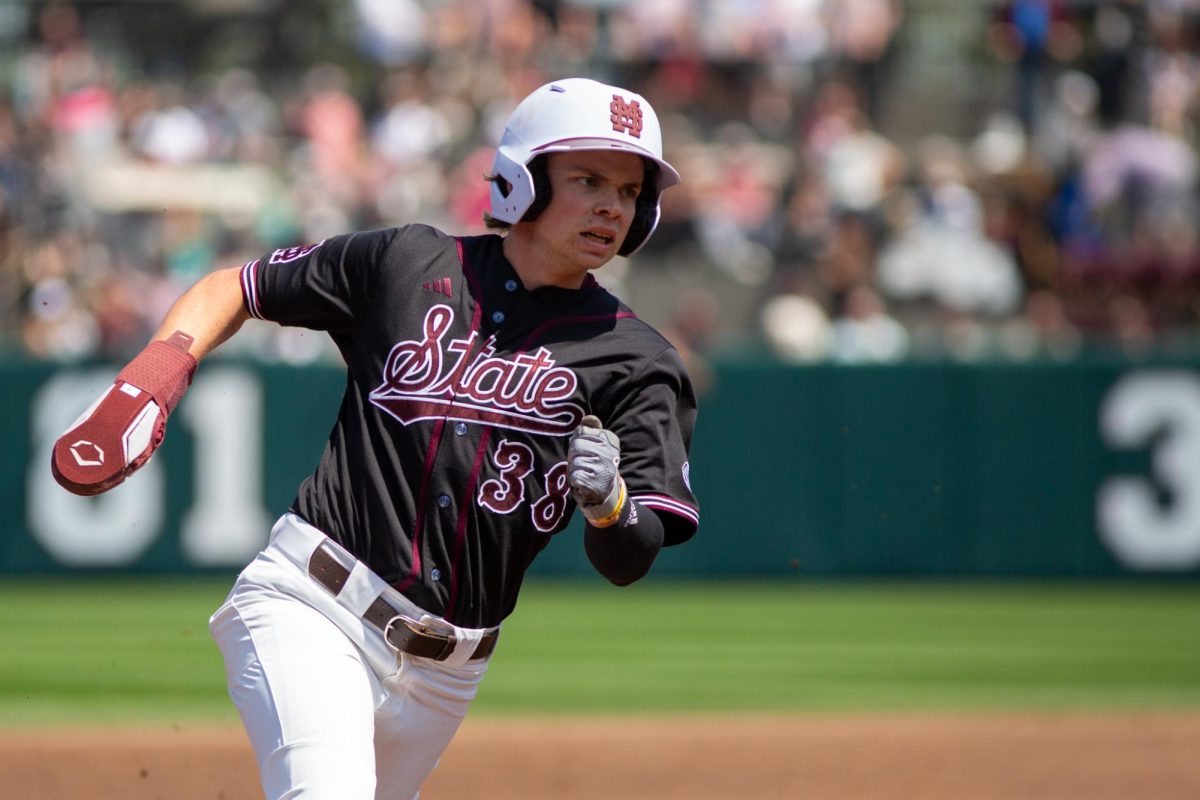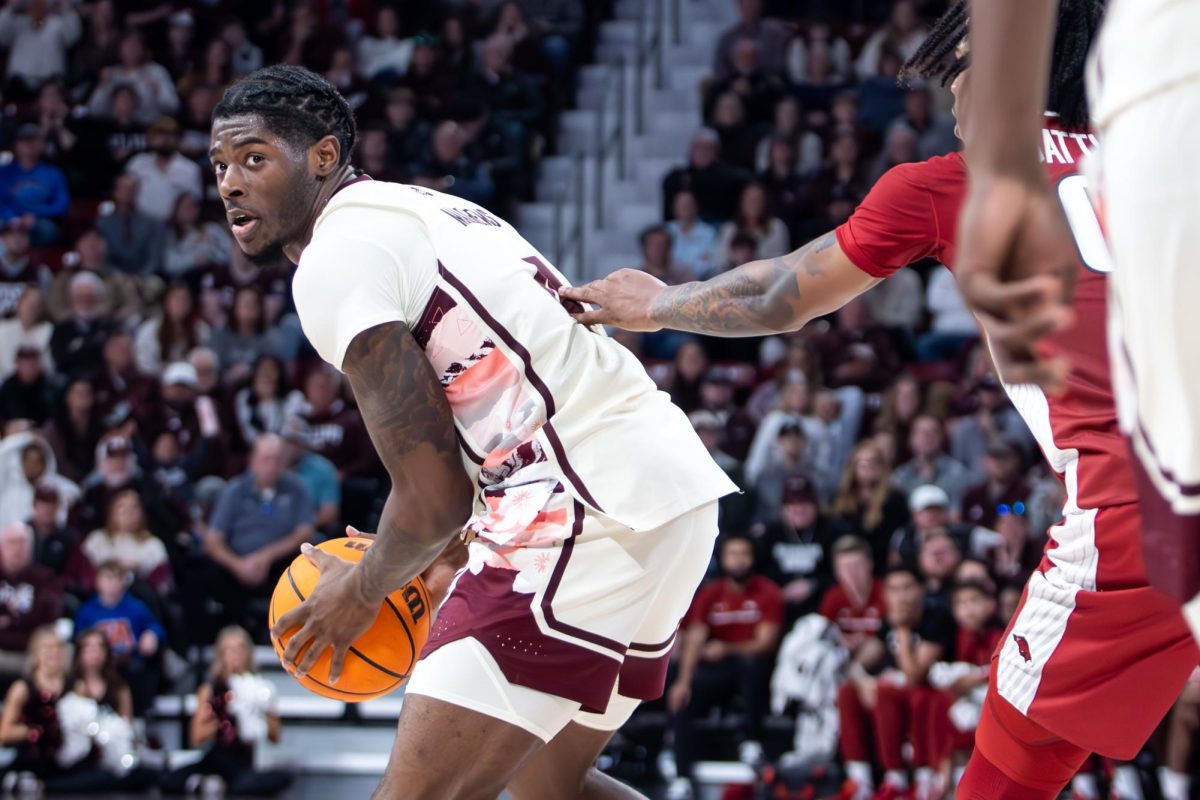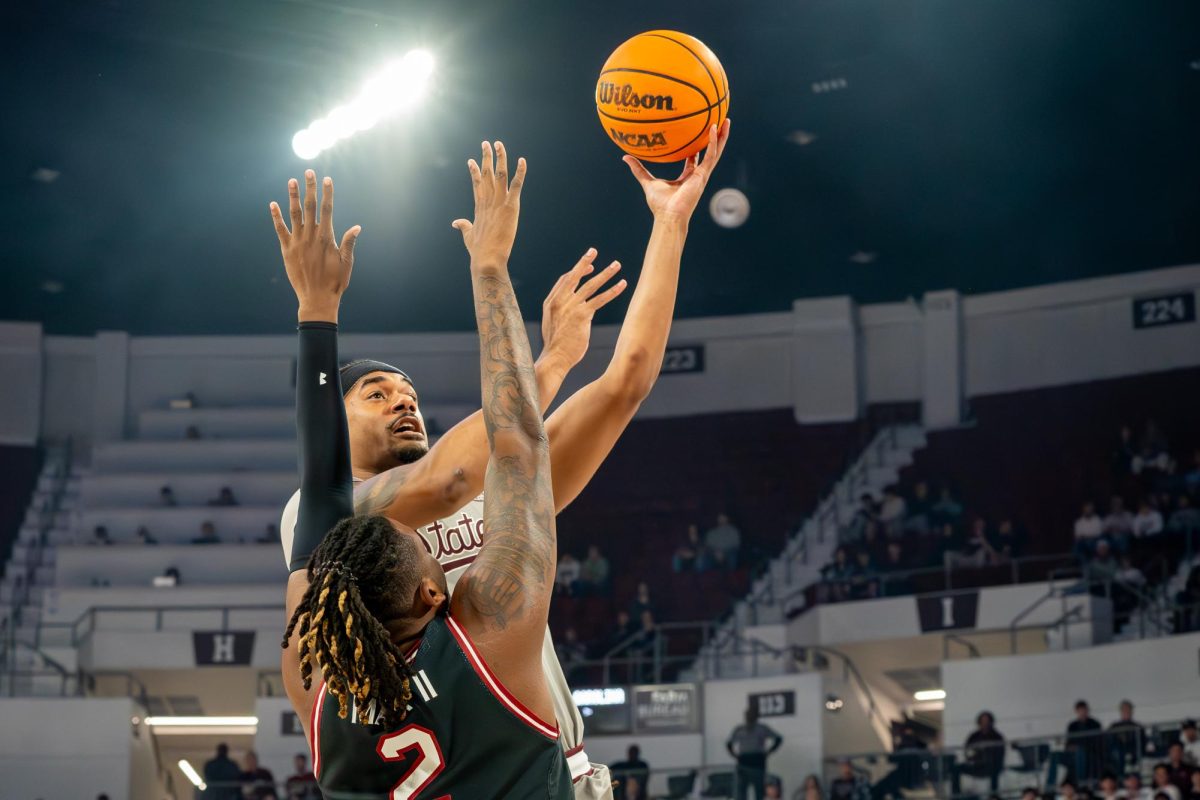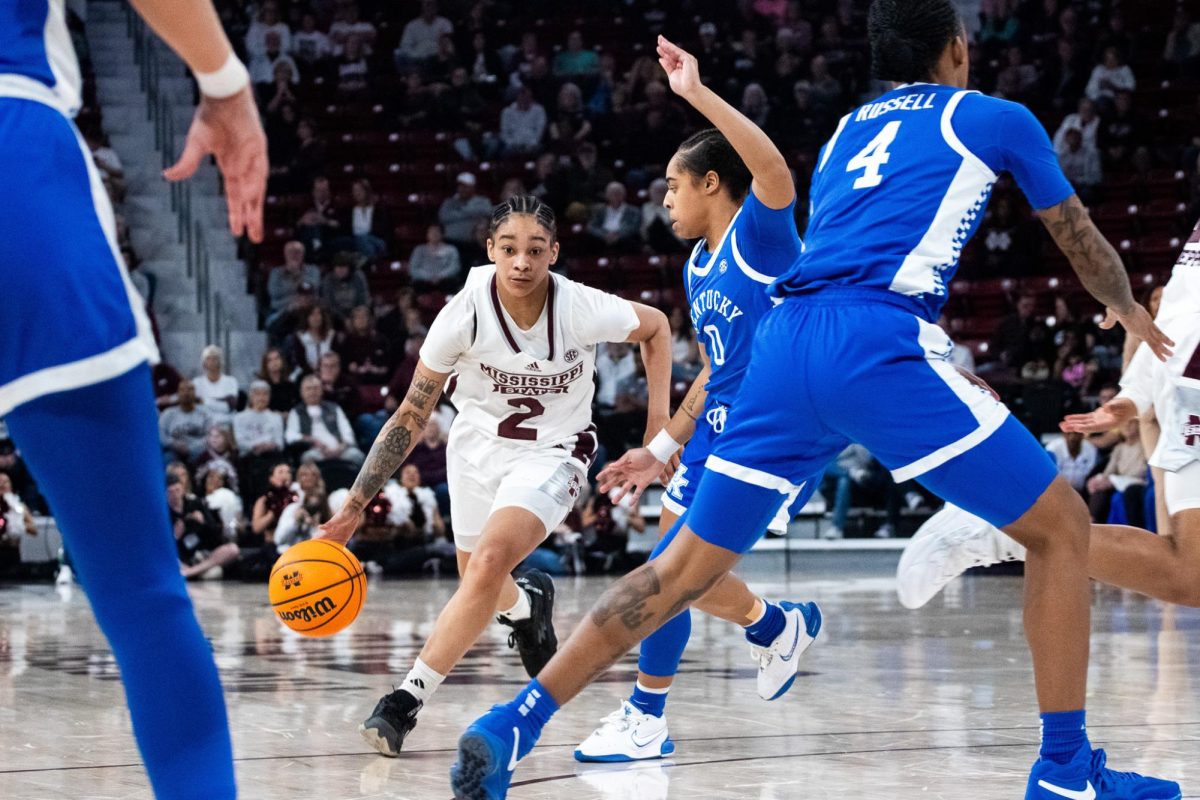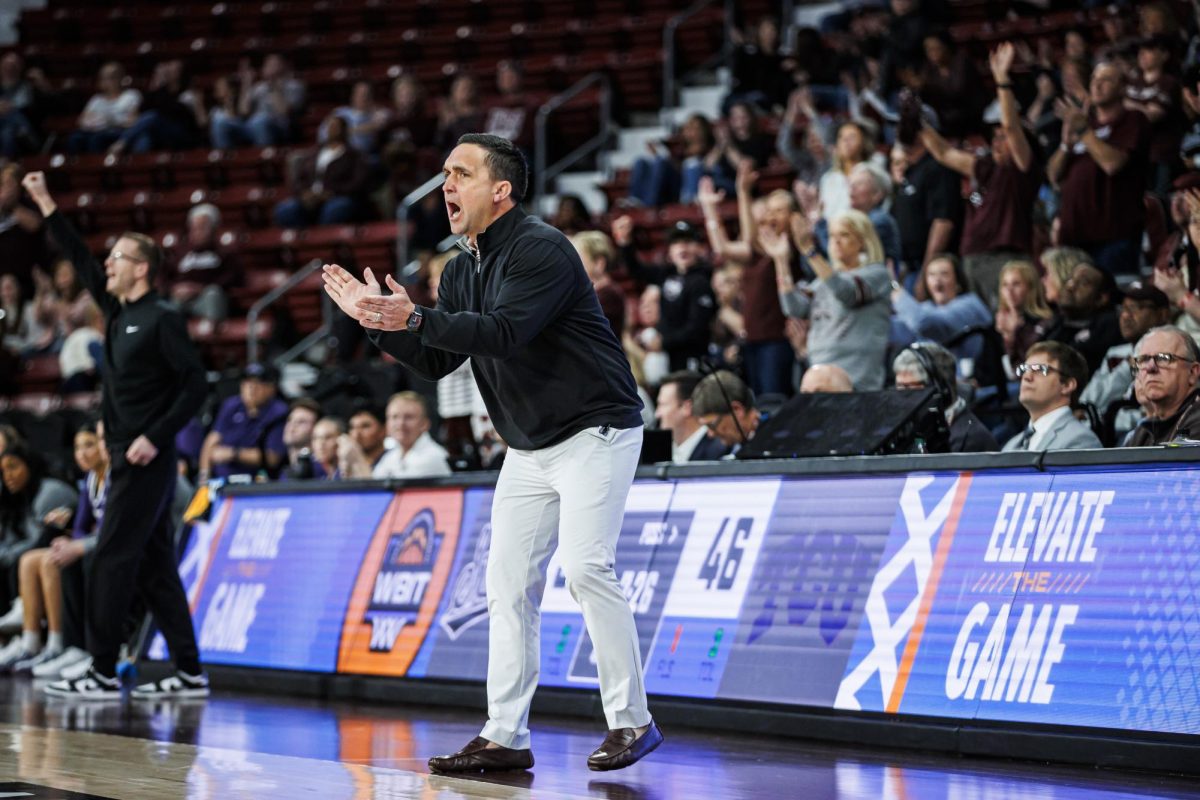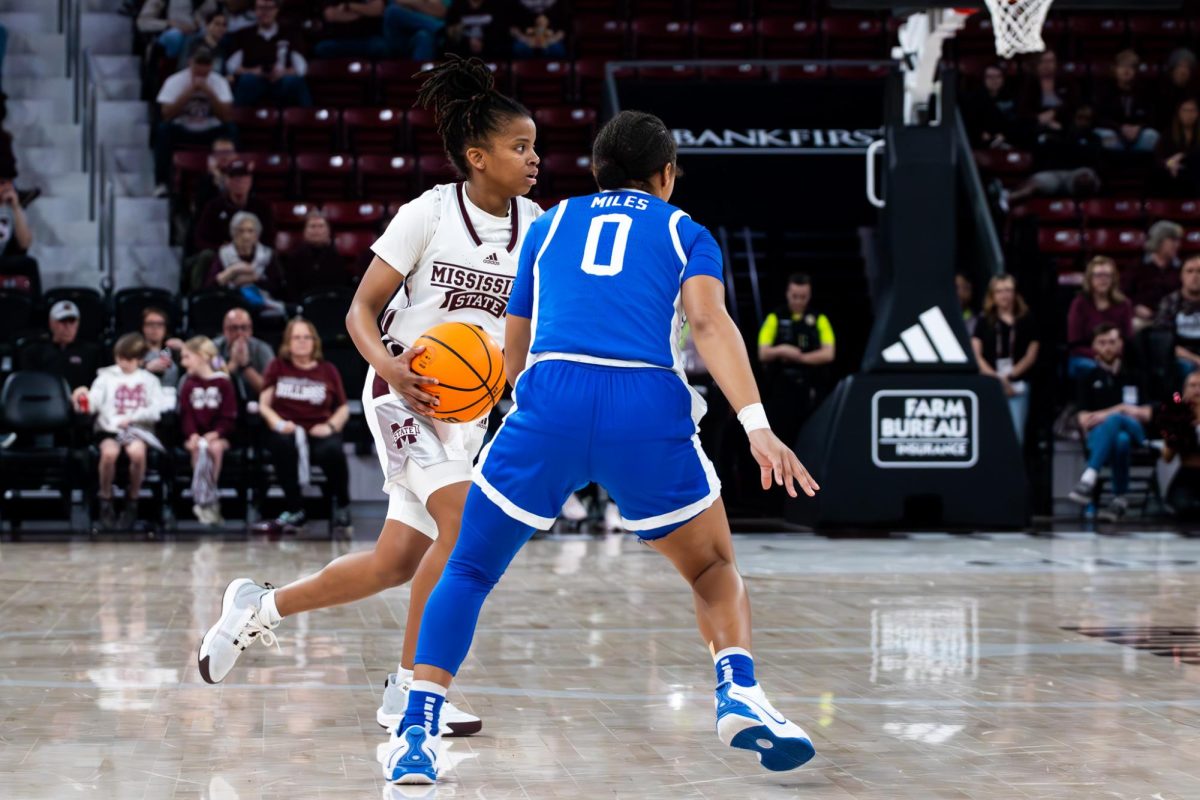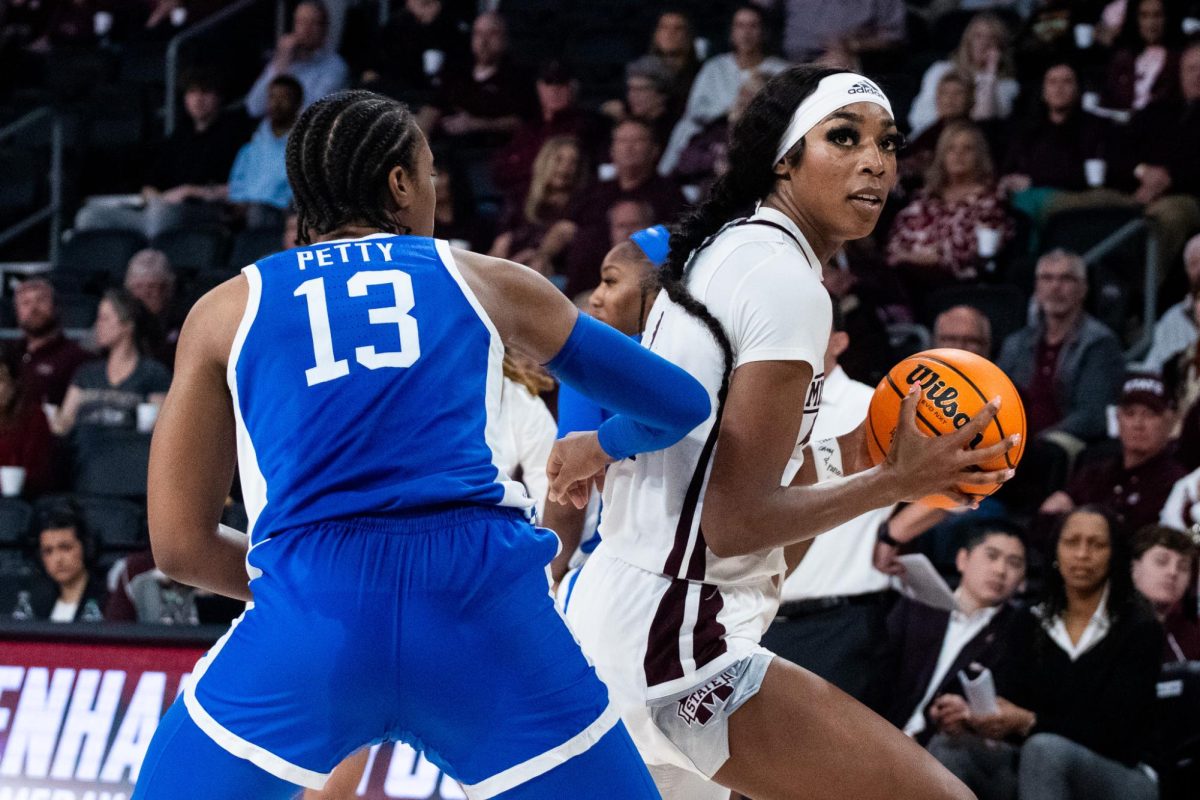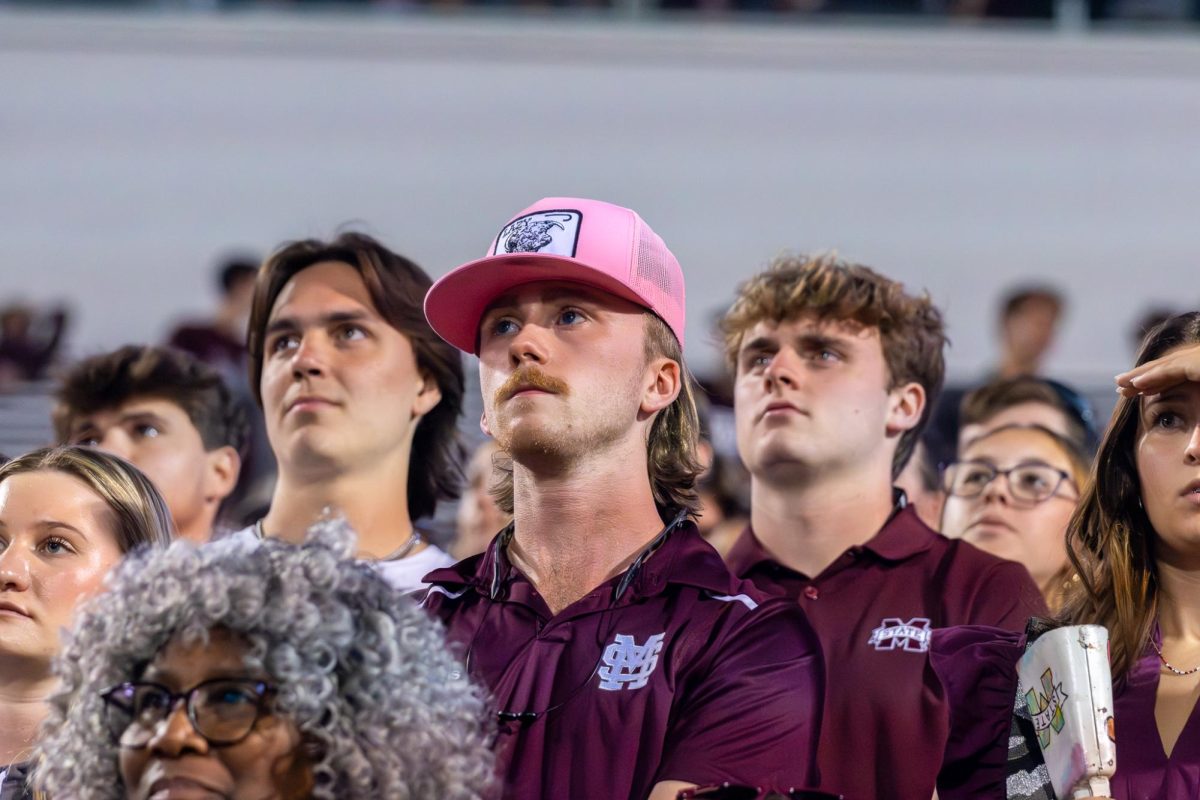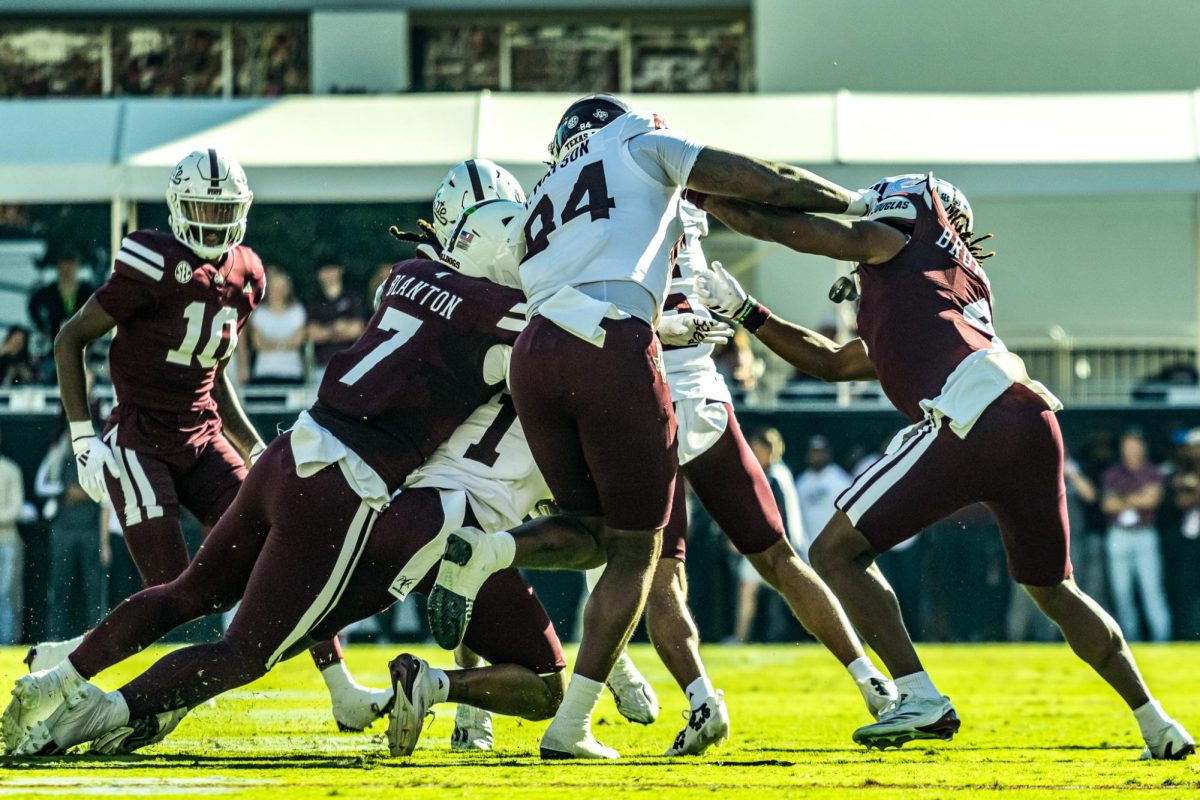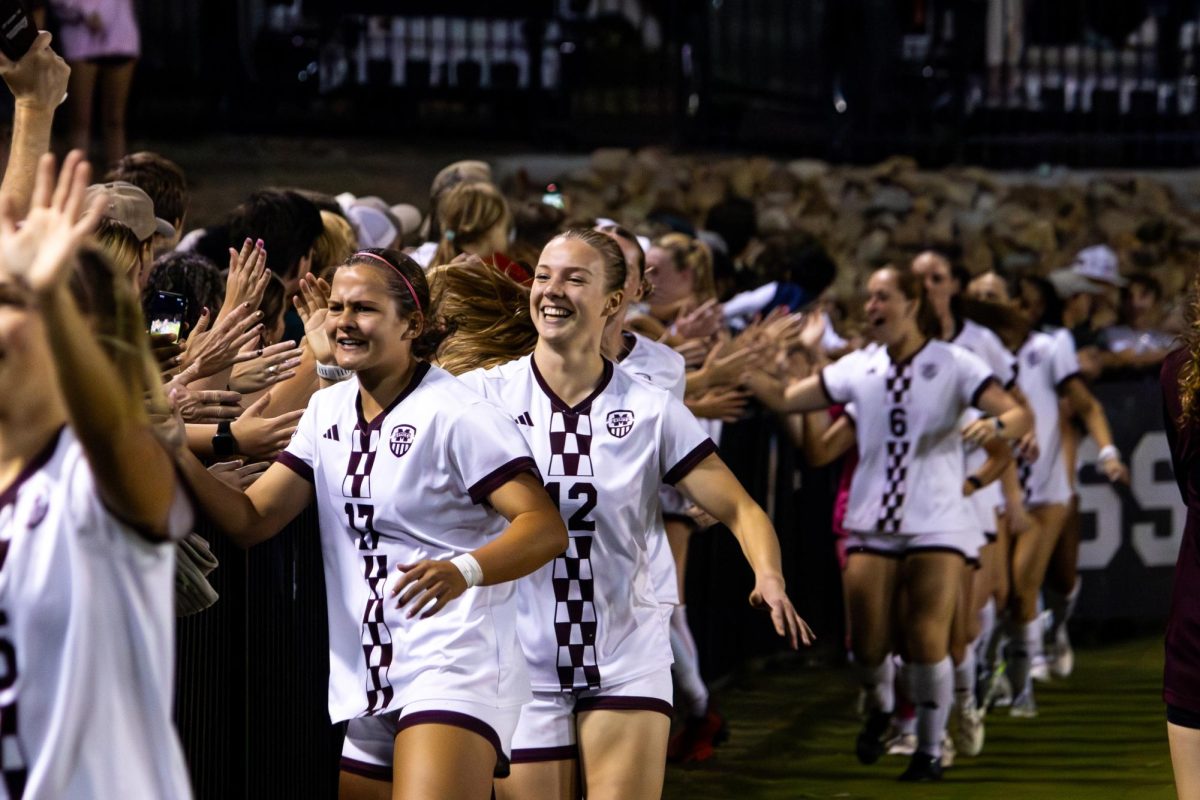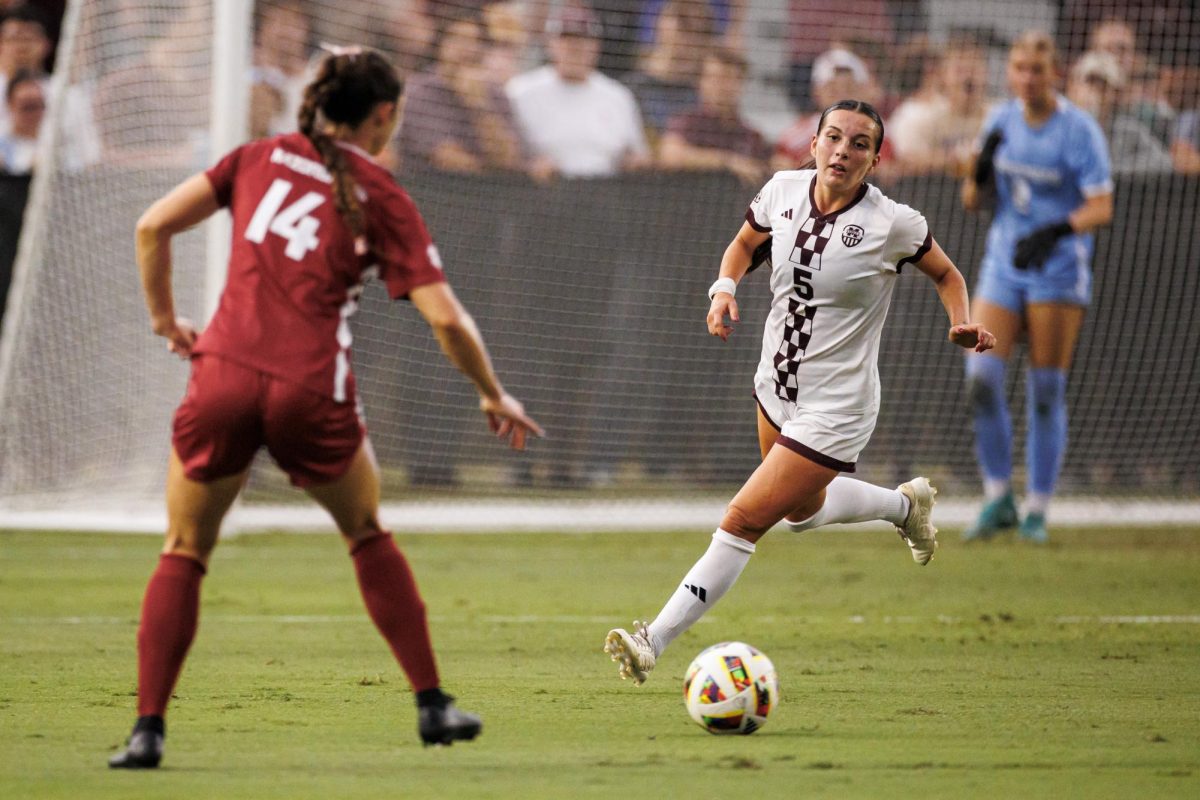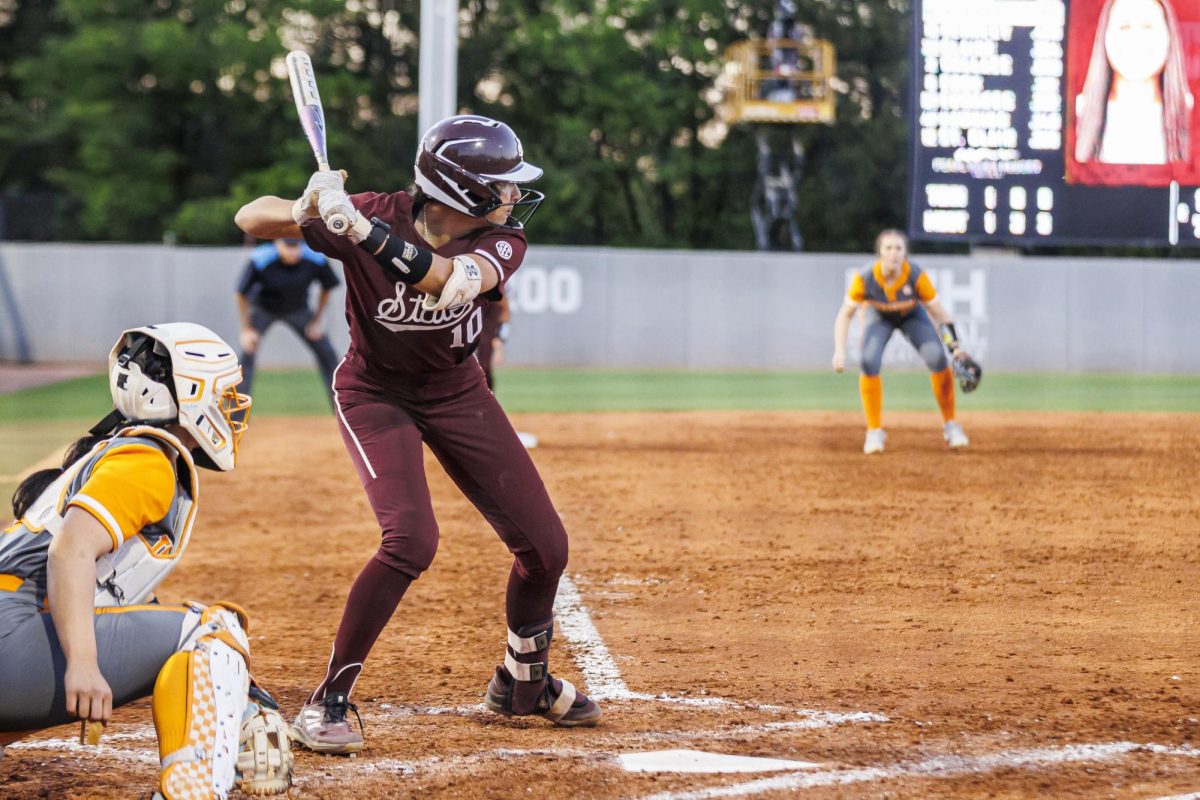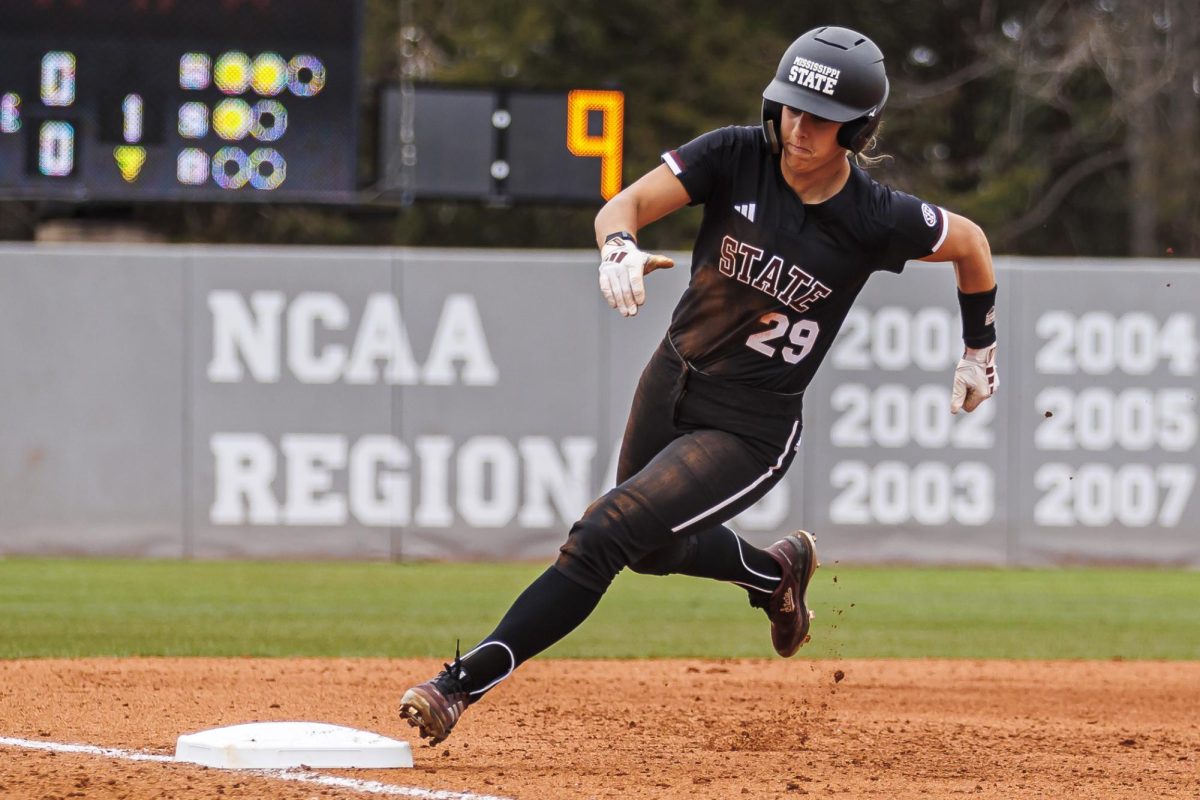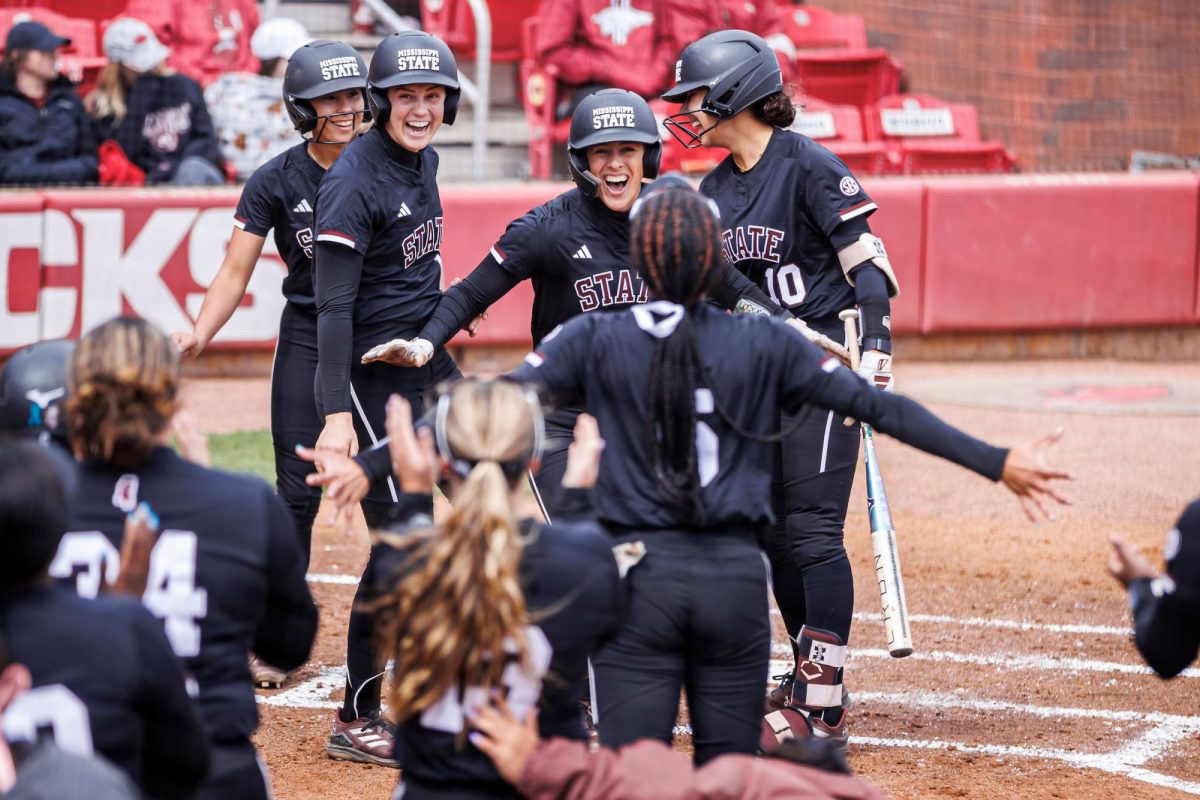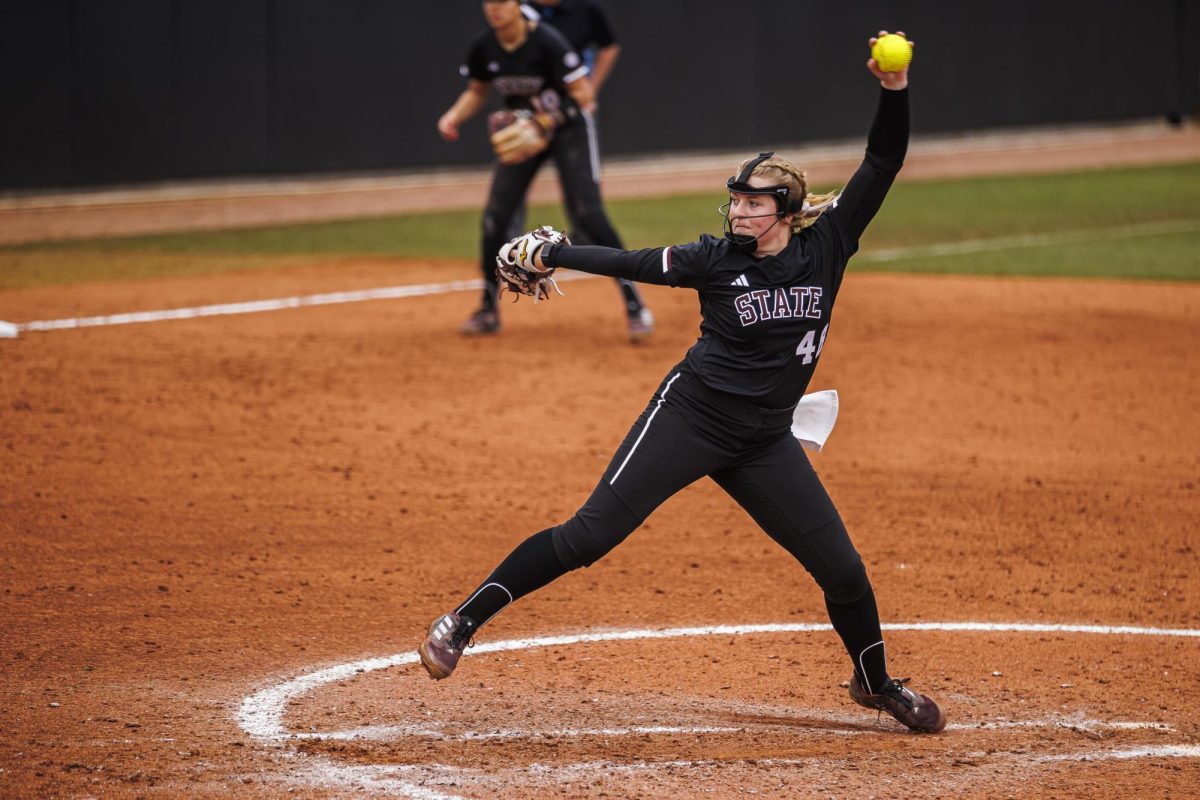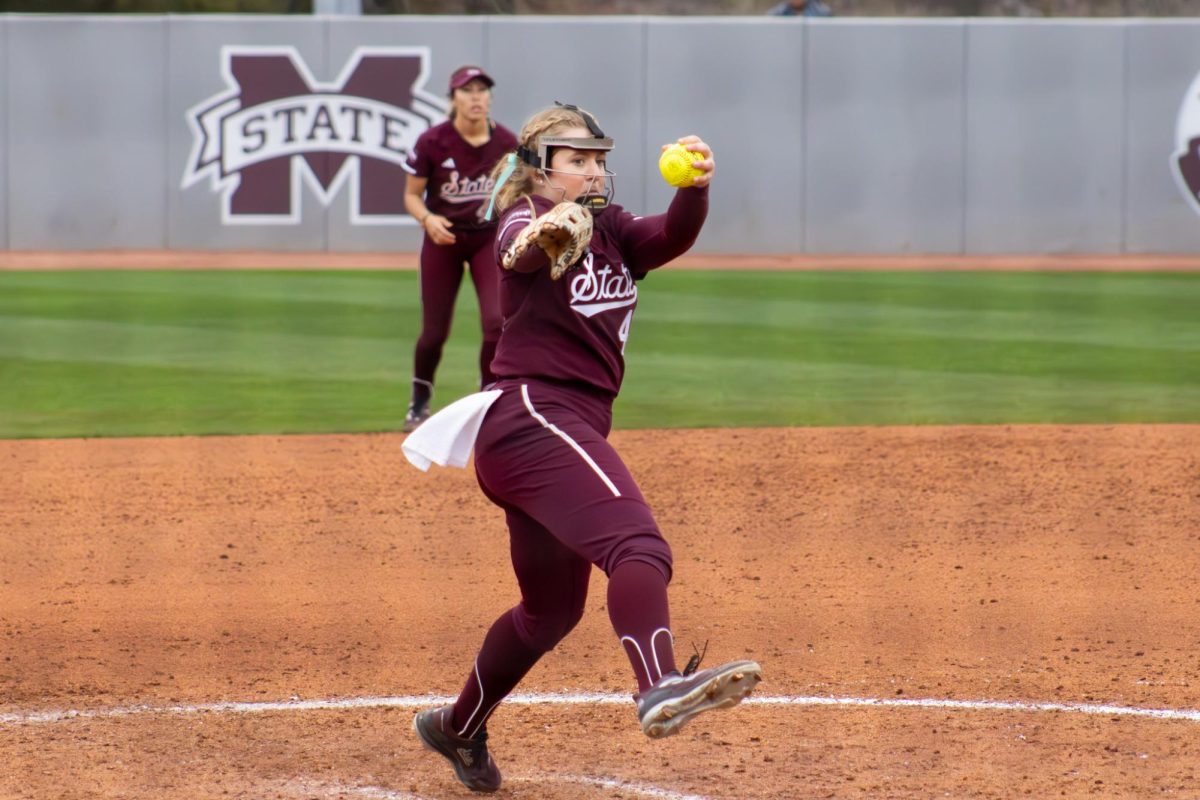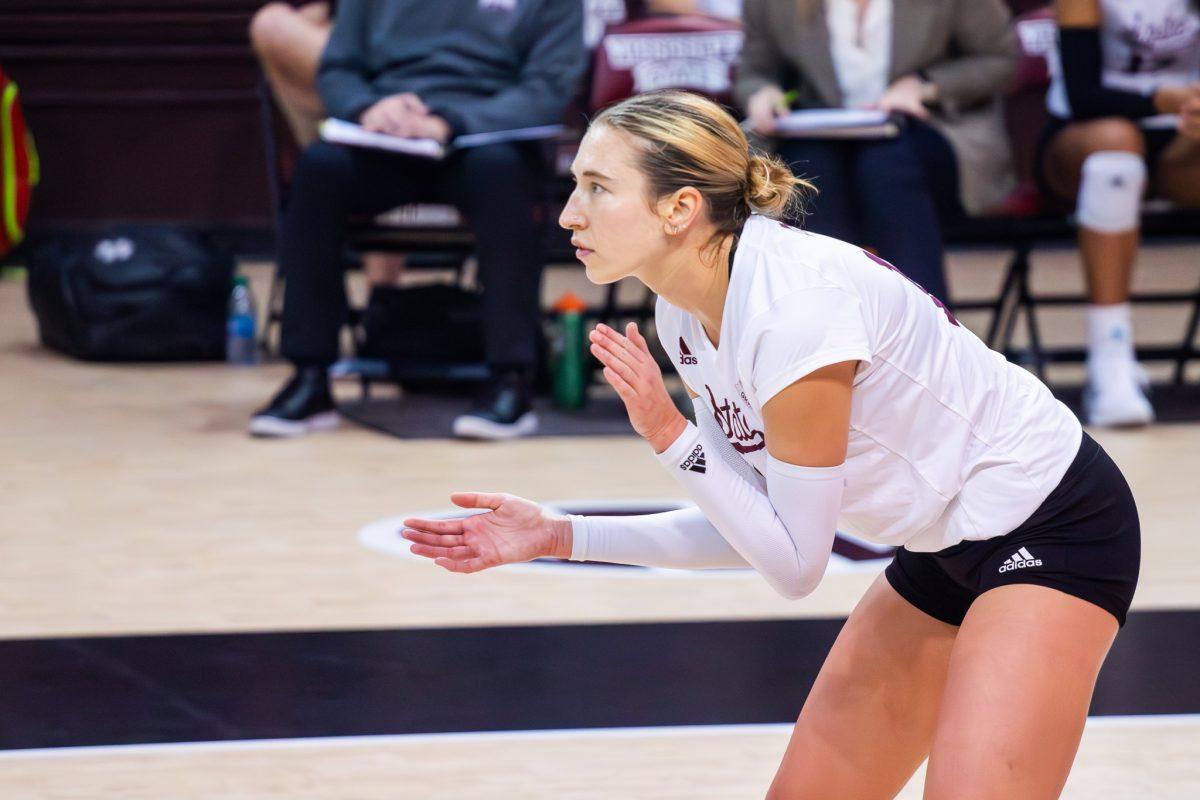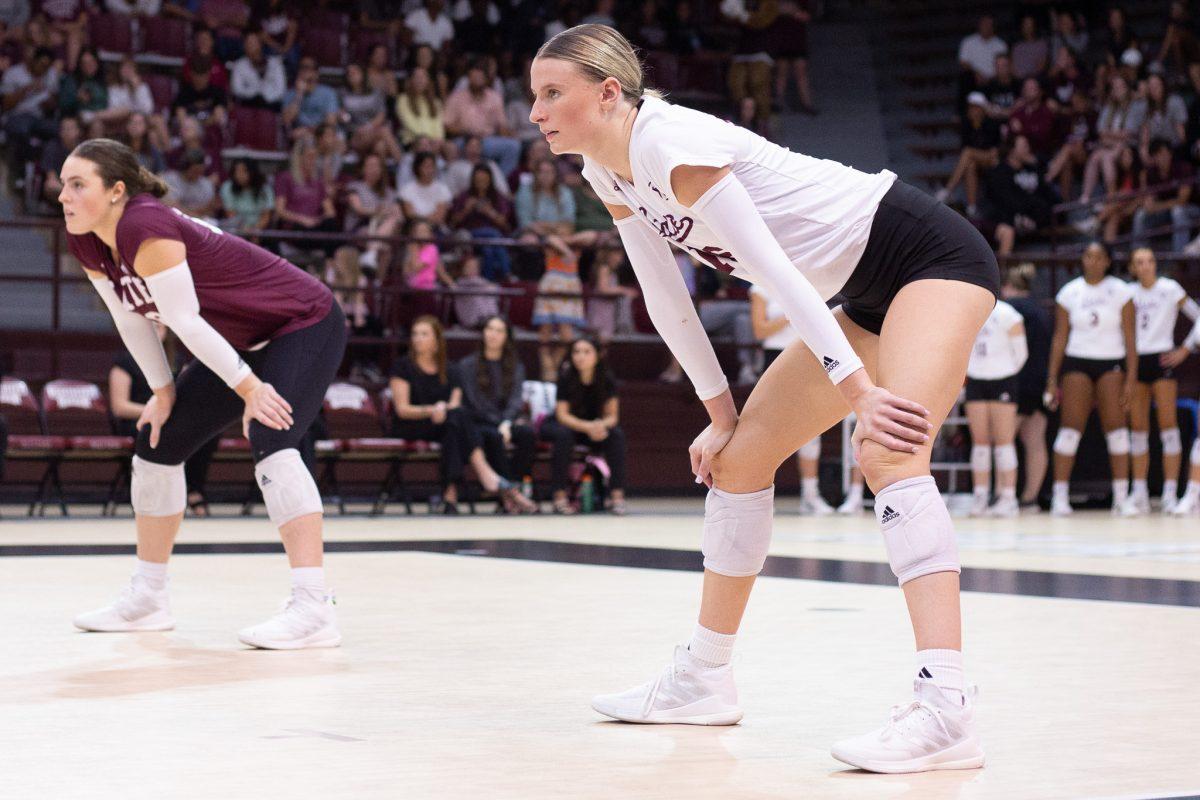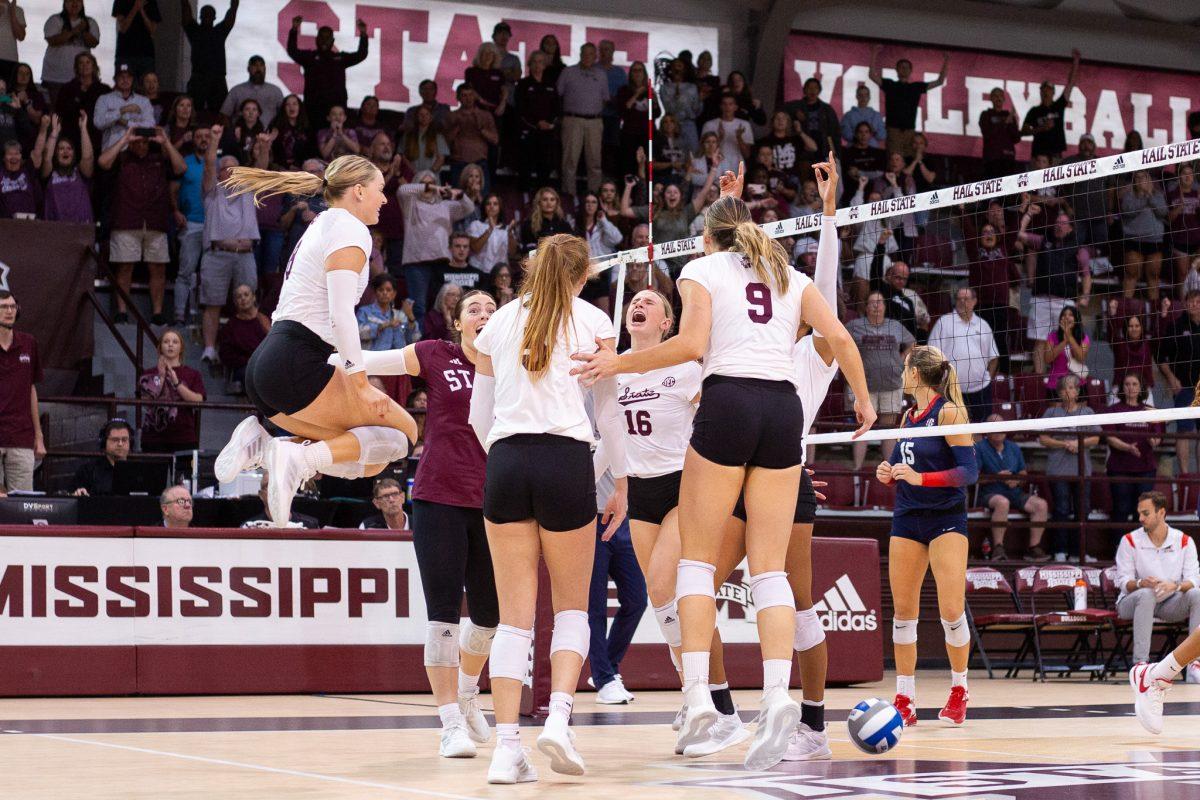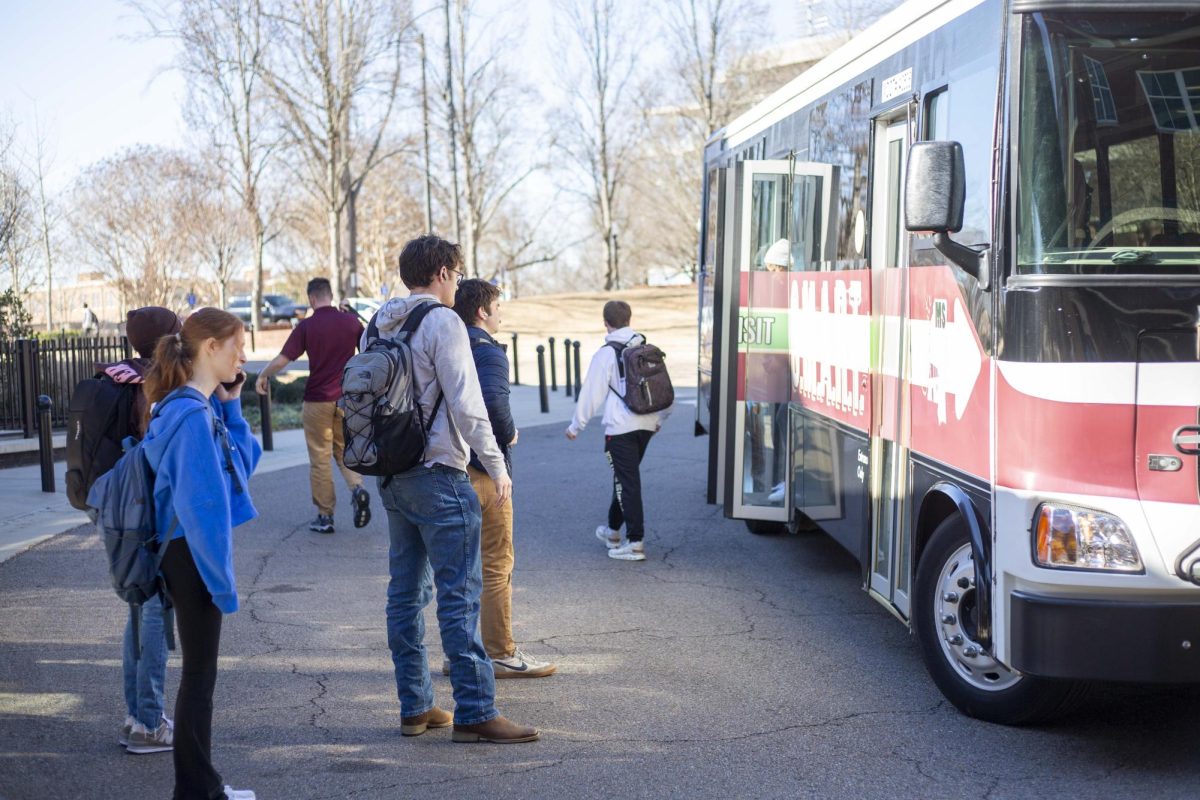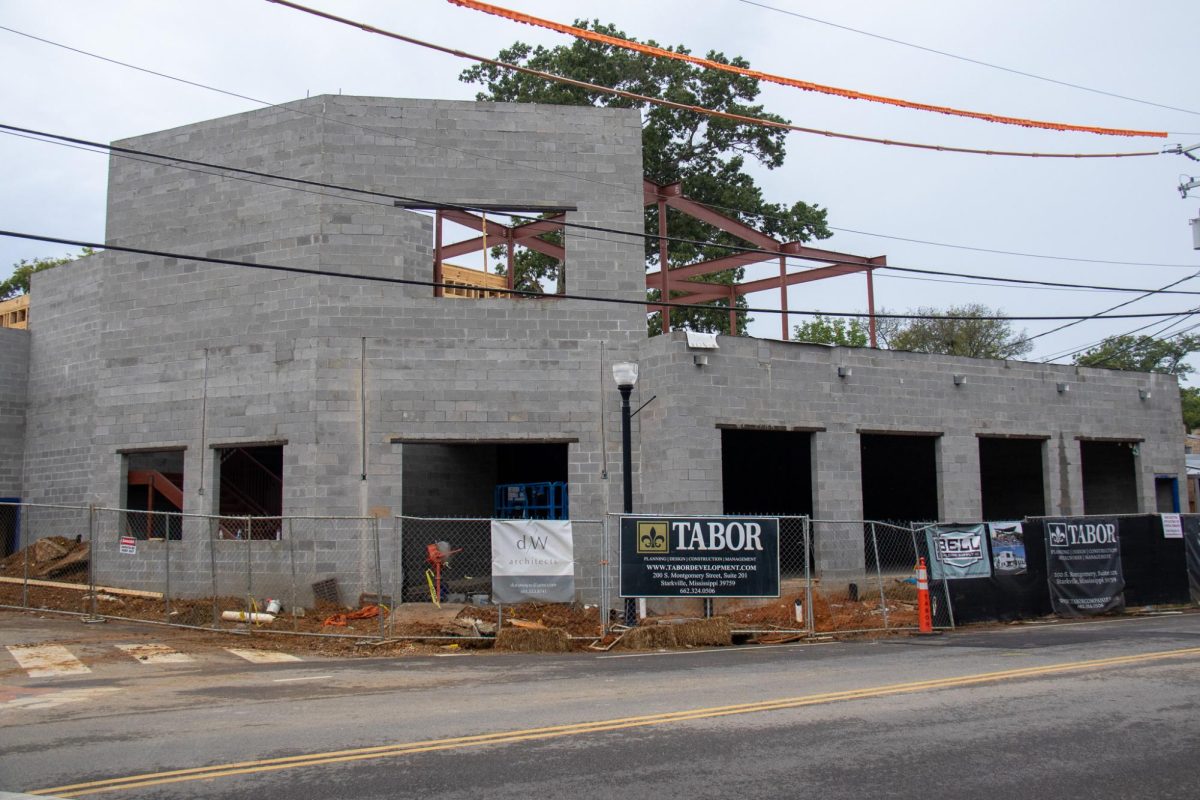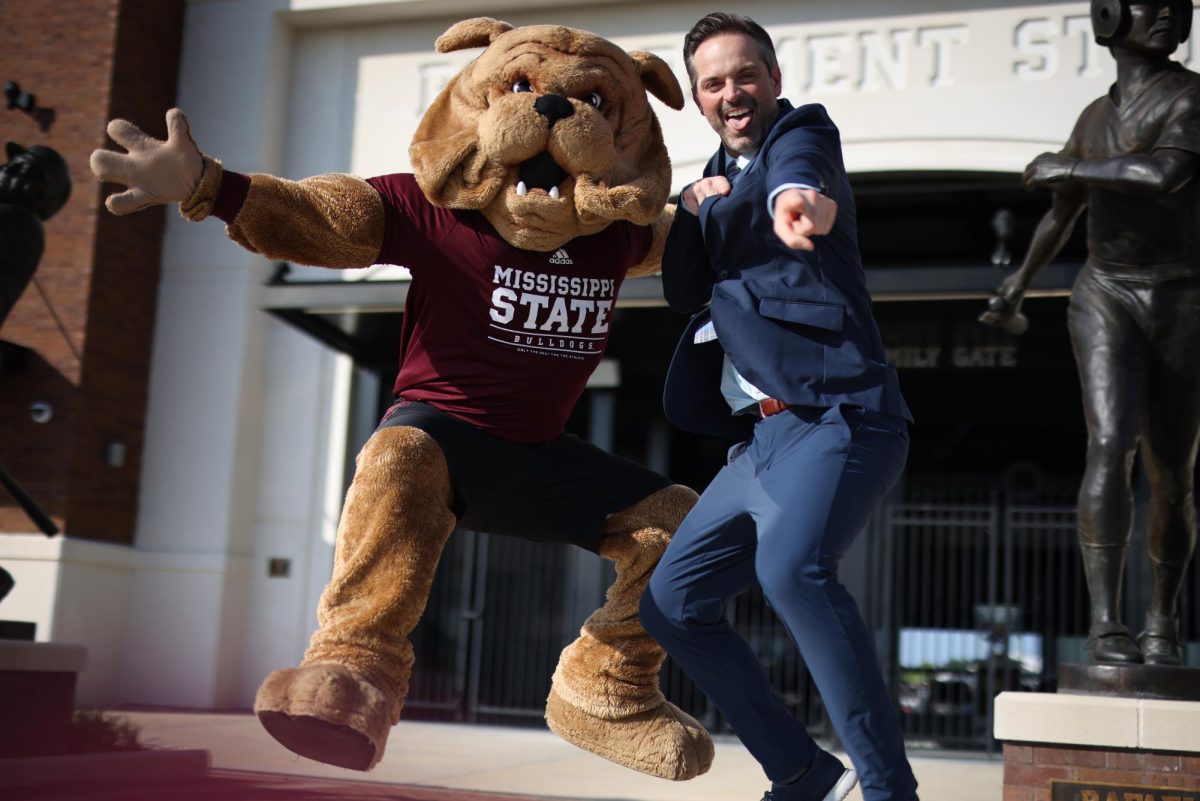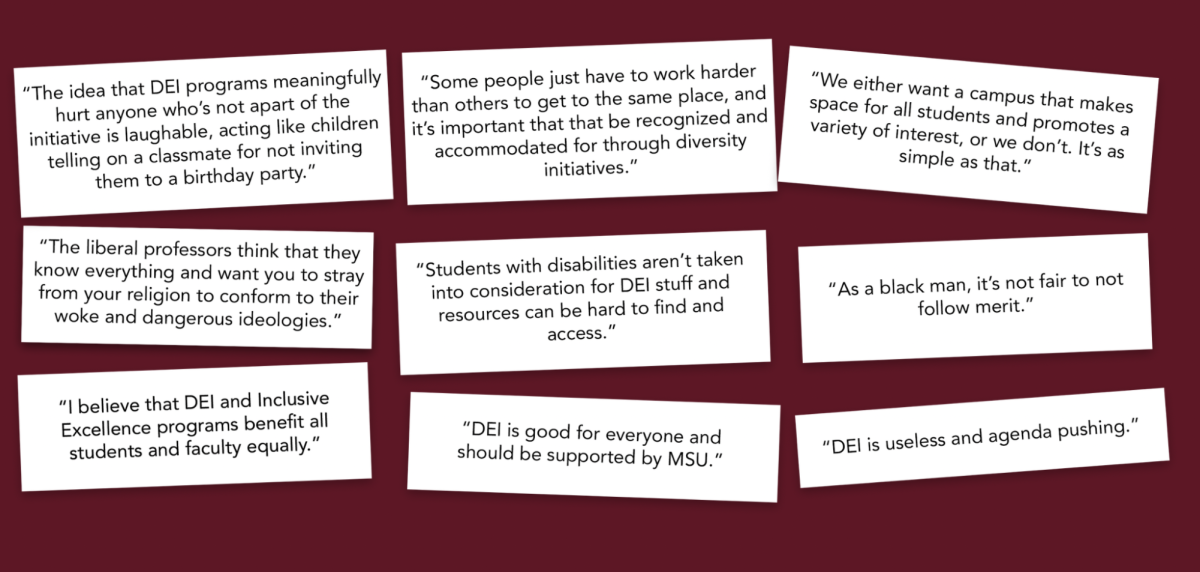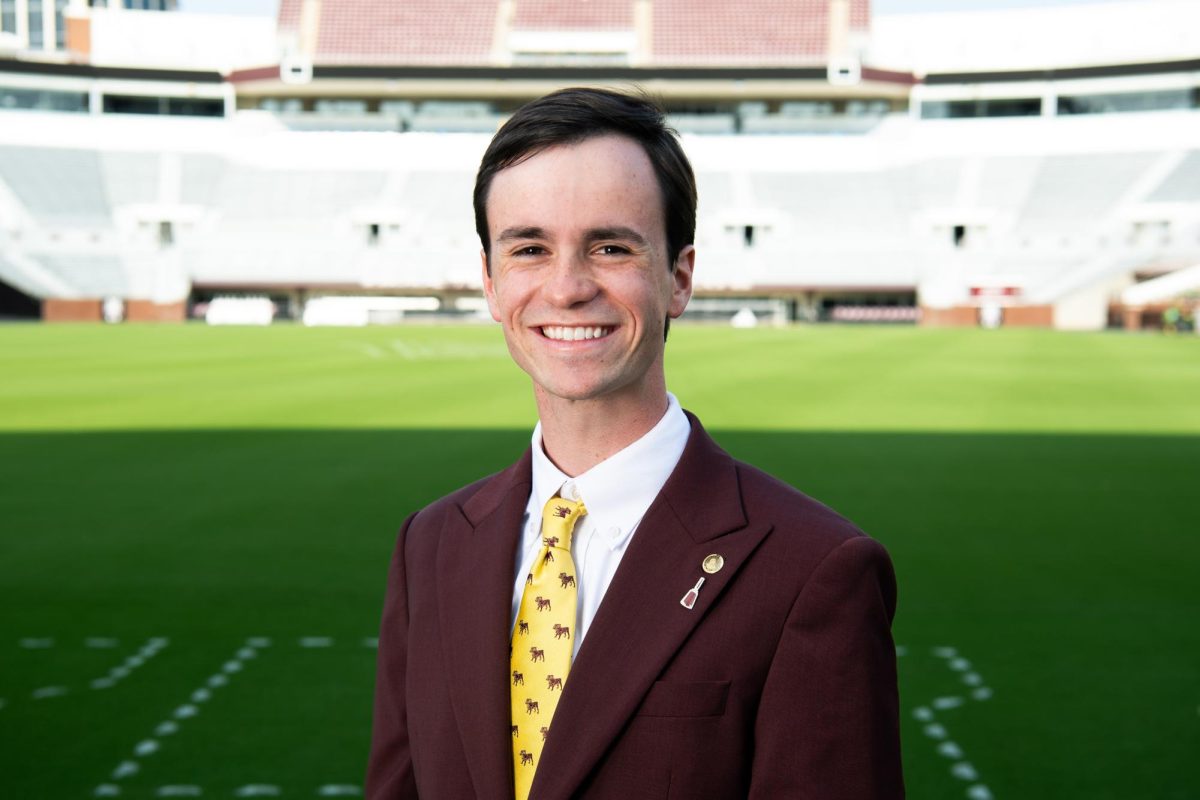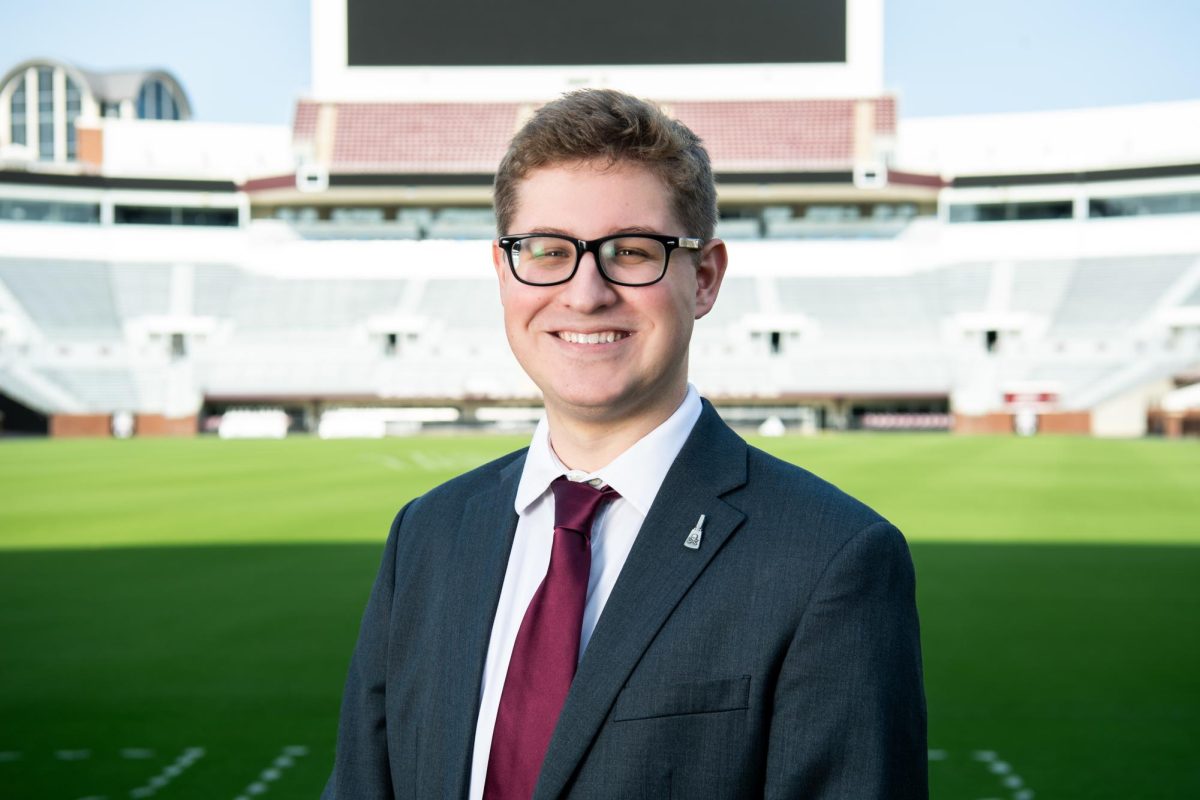In the cold months that ended the fall semester, Jenna Sutherland layered up for her commute to campus. Two sweatshirts, a puffer jacket and an extra pair of socks were not Sutherland’s usual attire but was just what she needed during the short wait for the 8:30 a.m. bus.
Once she got to her stop outside the fire station on University Drive, she crossed her arms and beared the ice-cold breeze. A few minutes later, she checked her phone to see that the bus was two minutes late.
Patiently, she leaned her back against a nearby street post and passed the time by watching passing cars. She could not help but wonder if they were going to class and what their chances of finding a parking spot were.
Minutes felt like hours as she tucked her chin into the collar of her jacket to keep warm. Ten minutes went by and she began to shiver. Fifteen more minutes passed, and her nose was red. Around 9:05 a.m., she accepted defeat, missing an important lecture. She walked back up the hill to her apartment, weighing her options of a ticket for parking on campus or attempting her luck riding the bus, once again.
“I could’ve walked to another stop or the two miles to campus and risked getting a cold, but I had planned and relied on this bus,” Sutherland said. “There were just too many odds stacked against me that day – the bus being late was the cherry on top.”
During cold winter months and rainy transitions to spring, students struggle to find a safe, convenient and pleasant way to get to campus. S.M.A.R.T. buses function as a free public transportation system for students and community members alike.
Sutherland, a student who lives in the Cotton District, said she cannot afford to pay for a parking pass while risking tickets when her lot is full. For her, the S.M.A.R.T. bus was the only solution to getting to class on a busy schedule.
“Since there is a bus stop by my house, I decided to try to save the money I would usually use for a parking pass and begin riding the bus to campus, but I quickly learned that it may have been a mistake,” Sutherland said. “Other stops can be pretty reliable, but when the weather is out of control it’s incredibly inconvenient for me to walk to. I have missed classes before because I relied on the bus to pick me up and the weather wouldn’t permit me to walk.”
There are ways for students to track the buses on their route through live maps on the Transloc app or on the Parking and Transit Services website, but the times provided are not always accurate. Sutherland recounted her struggle with the app.
“I would always track the bus on the app they tell us to download and I would make the effort to arrive 15-20 minutes early to avoid missing the bus,” Sutherland said. “That didn’t matter at all though, I would watch the bus pass my stop on the app and be left stranded and waiting for 20-30 minutes after the stated pick-up time. This happened multiple times.”
Despite reported reliability issues, director of MSU Parking and Transit Services Ronnie White presented an annual report on the growth of public transportation in Starkville at the Aldermen meeting in January.
“In the calendar year of 2023, just to give you some fixed route ridership numbers, we actually saw an increase of over 22,000 riders,” White said at the meeting. “We had a total ridership of over 470,000 riders this year. We’re not back to where we were pre-COVID but we are getting there, very slowly.”
While presenting a graph comparing ridership over the years, White explained that 2019 had extremely high ridership numbers compared to those in the years following. The highest being over 120,000 riders in September 2019 compared to under 80,000 riders in September 2023.
Tom Perkins, the assistant director for Transit Services, attributed the numbers to those riding city routes. He highlighted the need to educate students who may be unfamiliar with public transportation systems.
“We’re still recovering from COVID, but the city routes have continued to increase every year, you know, since they’re free it’s an easy option,” Perkins said. “I think the challenge for students here is that a lot of them haven’t had to ride public transit before and so they don’t understand the scope of it.”
Perkins said there are employment issues that affect the efficiency of local public transit. This often limits the number of buses that are functioning on each route.
“We still are struggling with a driver shortage. Where we usually have two or three buses on route, we may only have one right now,” Perkins said. “But we are trying to hire drivers to fill those positions and are opening up our hiring to students who are willing to be trained to work part-time.”
Riders should also consider the obstacles that all public transit systems face and plan ahead for inclement weather, traffic delays and maintenance issues. Perkins suggested that students familiarize themselves with maps and daily stops to assist with their commute.
“Students should adjust their schedule about when they get to the stops since fixed times are now provided for most routes,” Perkins said. “Some of these routes are not a straight shot, there may be a few stops between your stops, so you may have to back up when you get on the bus.”
Perkins acknowledged that the maps are not always accurate and that drivers and routes often run into issues along the way. He expressed hope for the future of S.M.A.R.T. buses and plans on developing the system every day to better assist students, faculty and the greater Starkville community.
“If there’s ever an issue, I advise students to just email me or shoot me a call. I am more than open to helping students,” Perkins said. “We’re actively working on a better system, we’re gonna grow to that point, we might not be there yet, but every intention is to get to that point.”
For more information, Perkins can be reached via email at [email protected] or by phone at (662) 325-2661.

